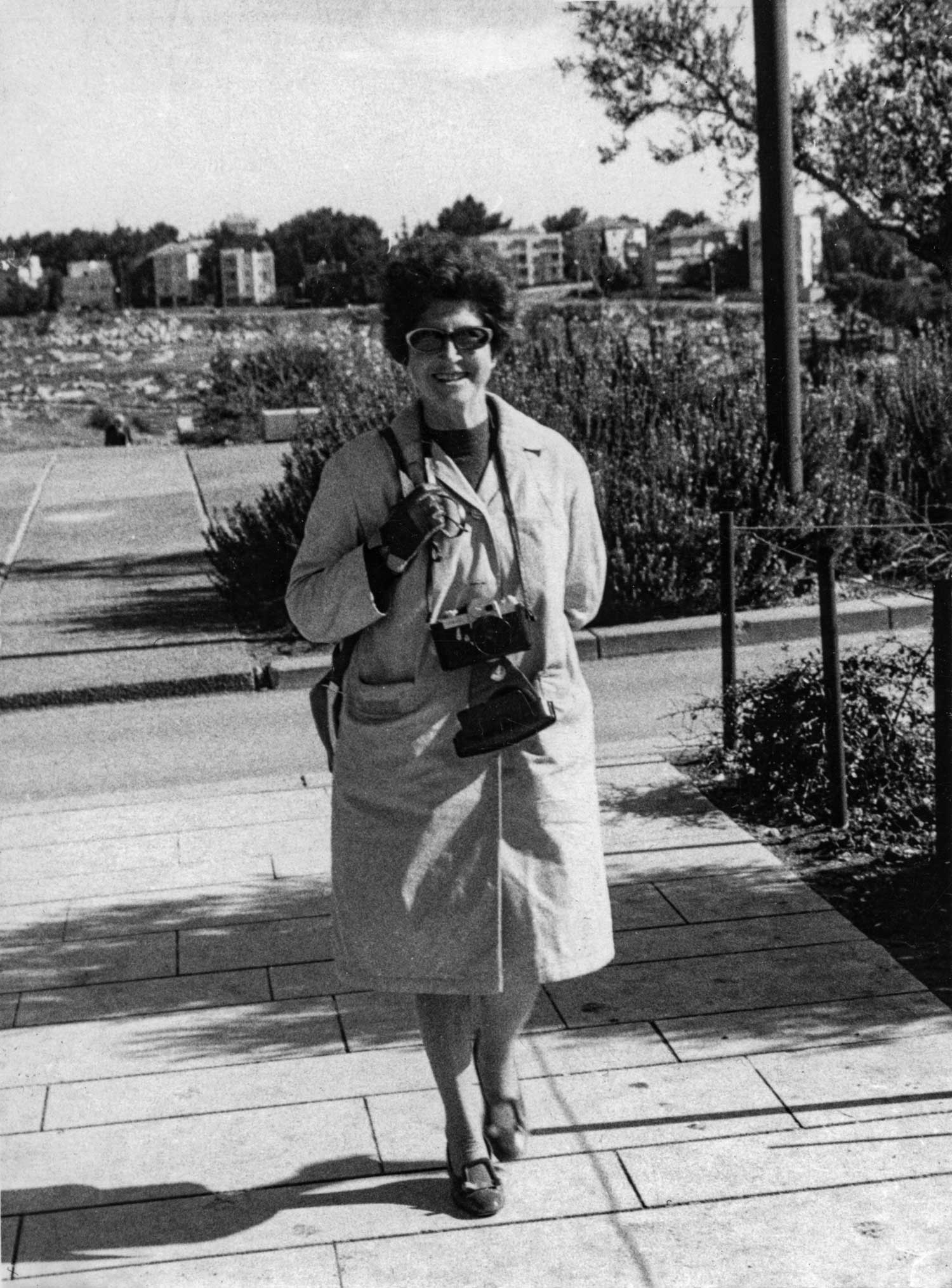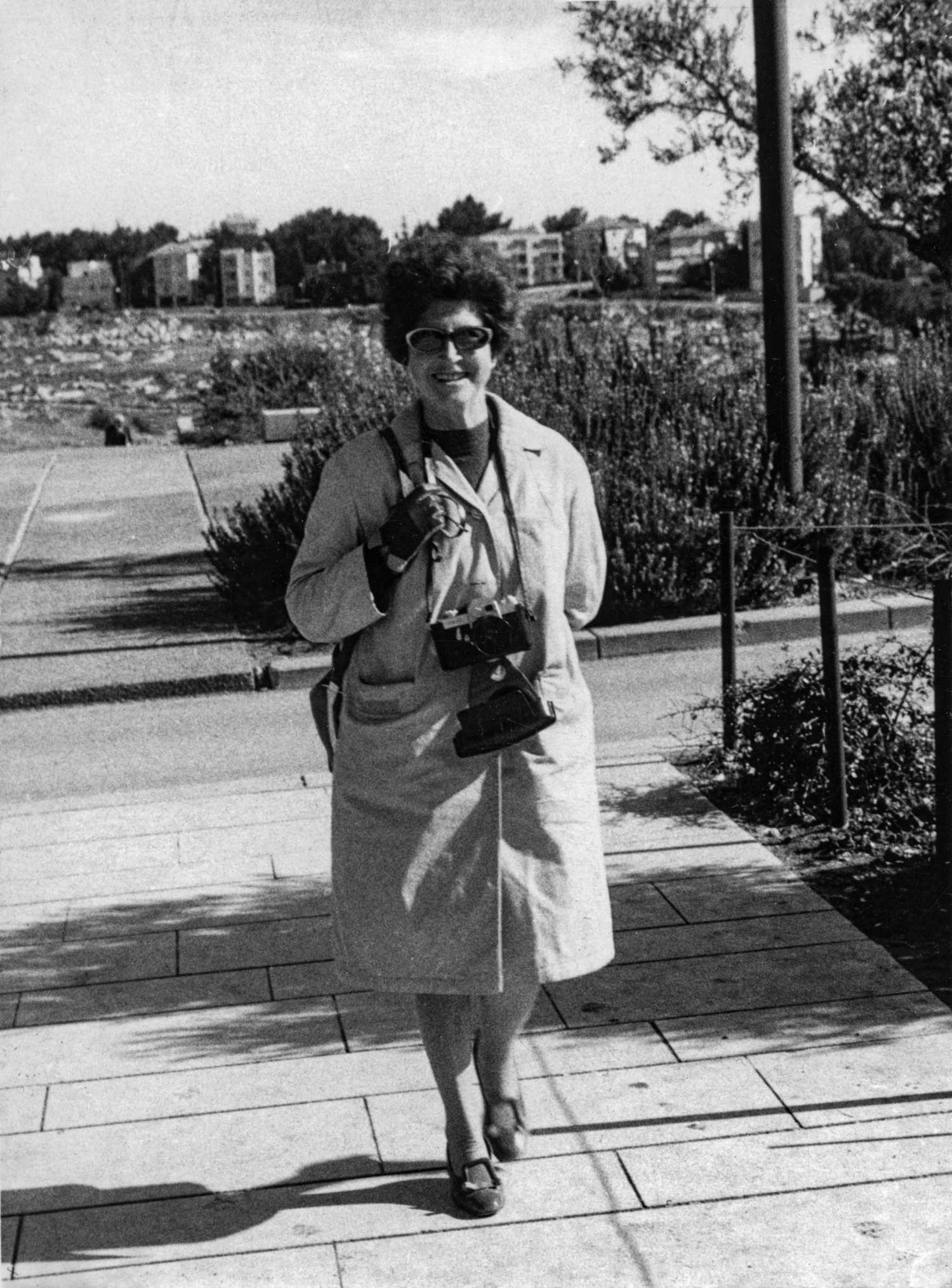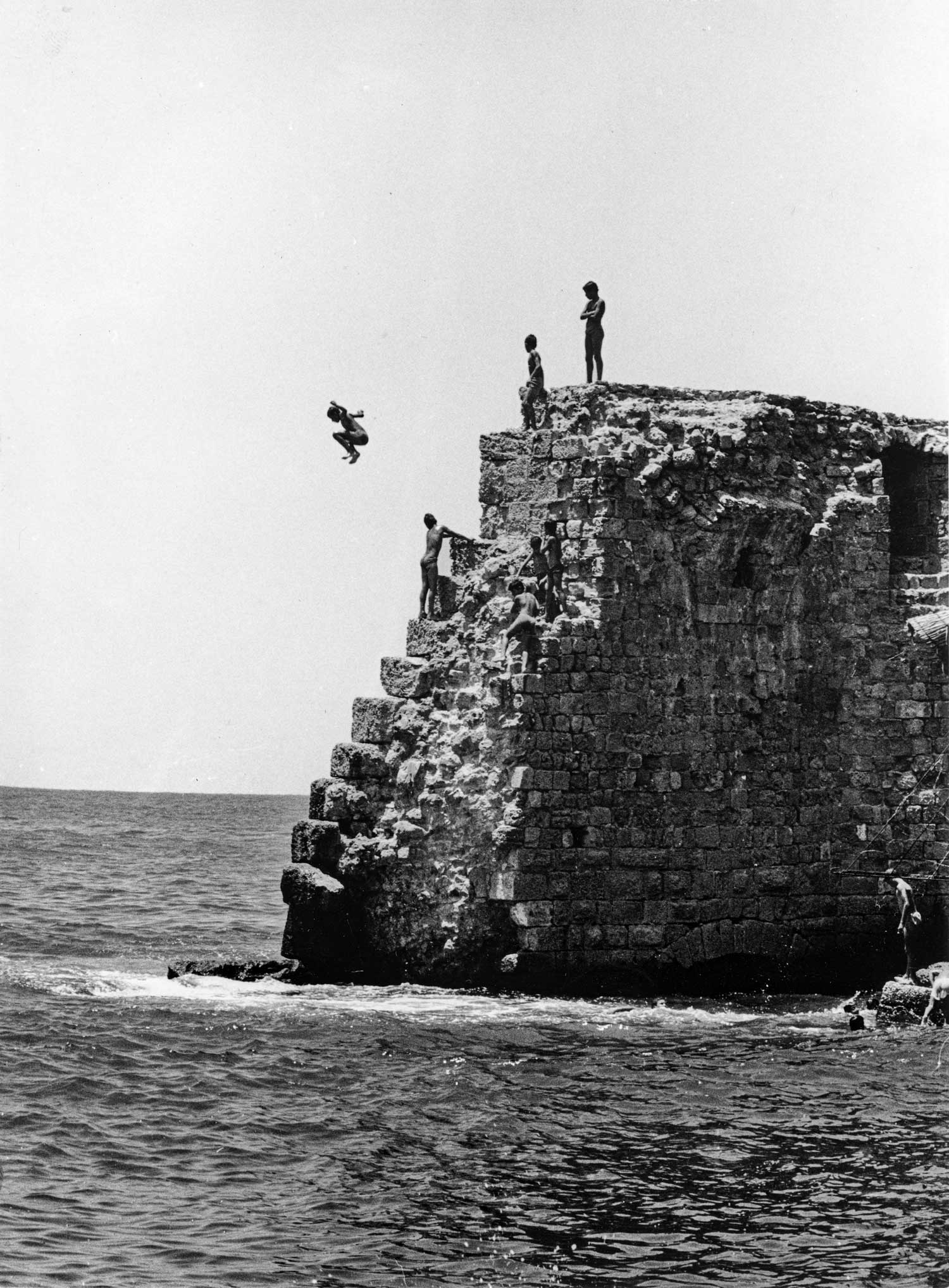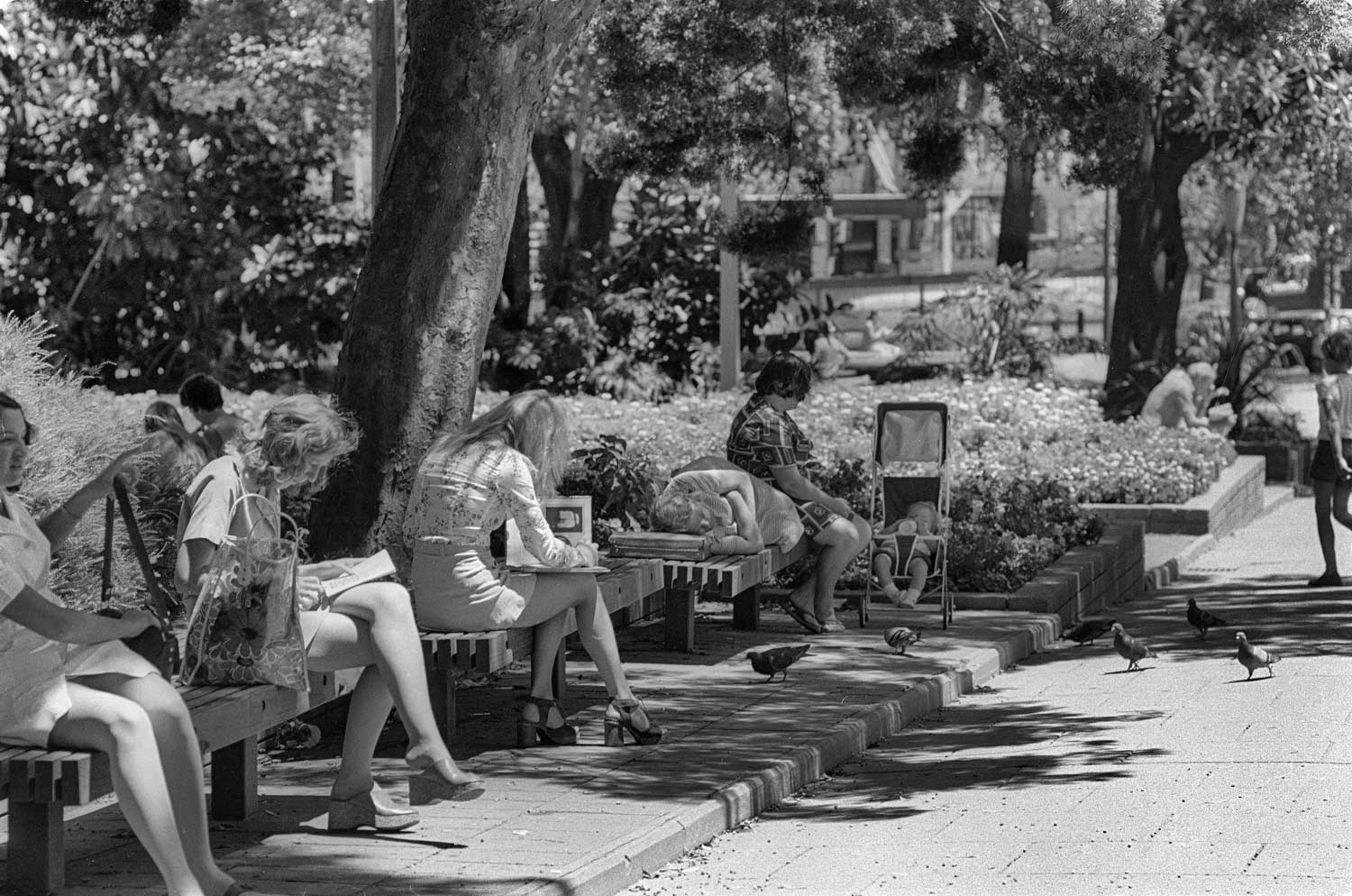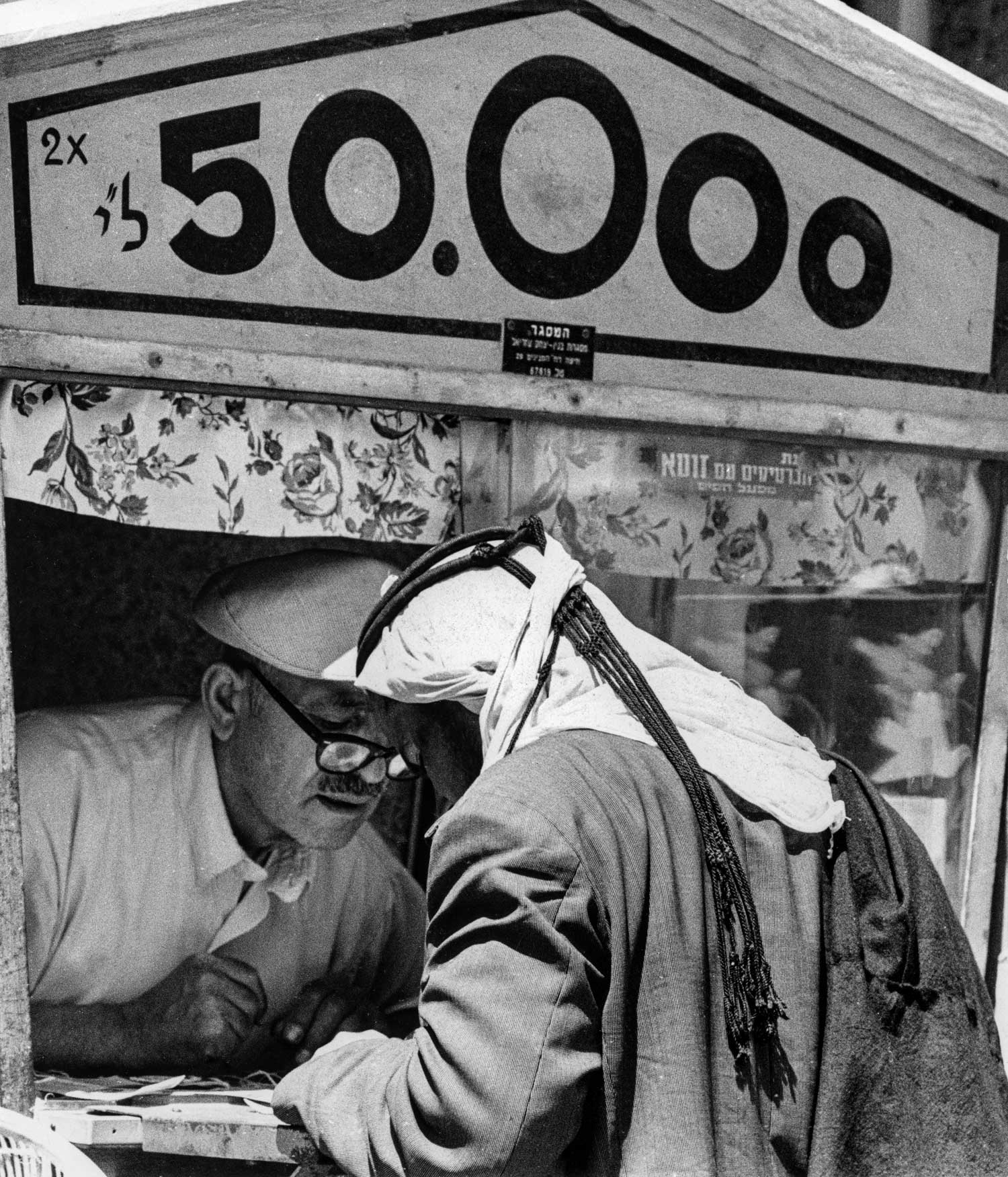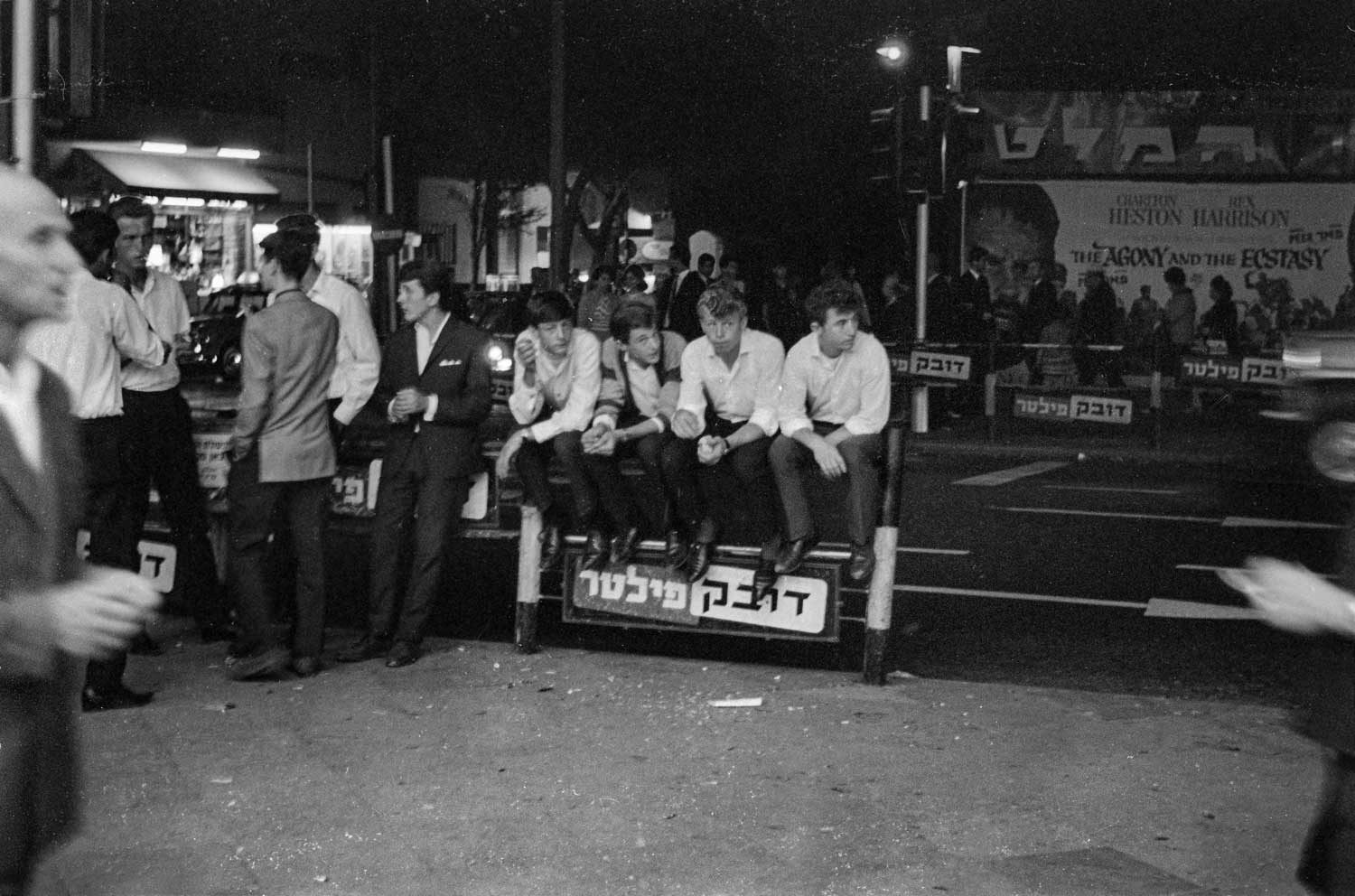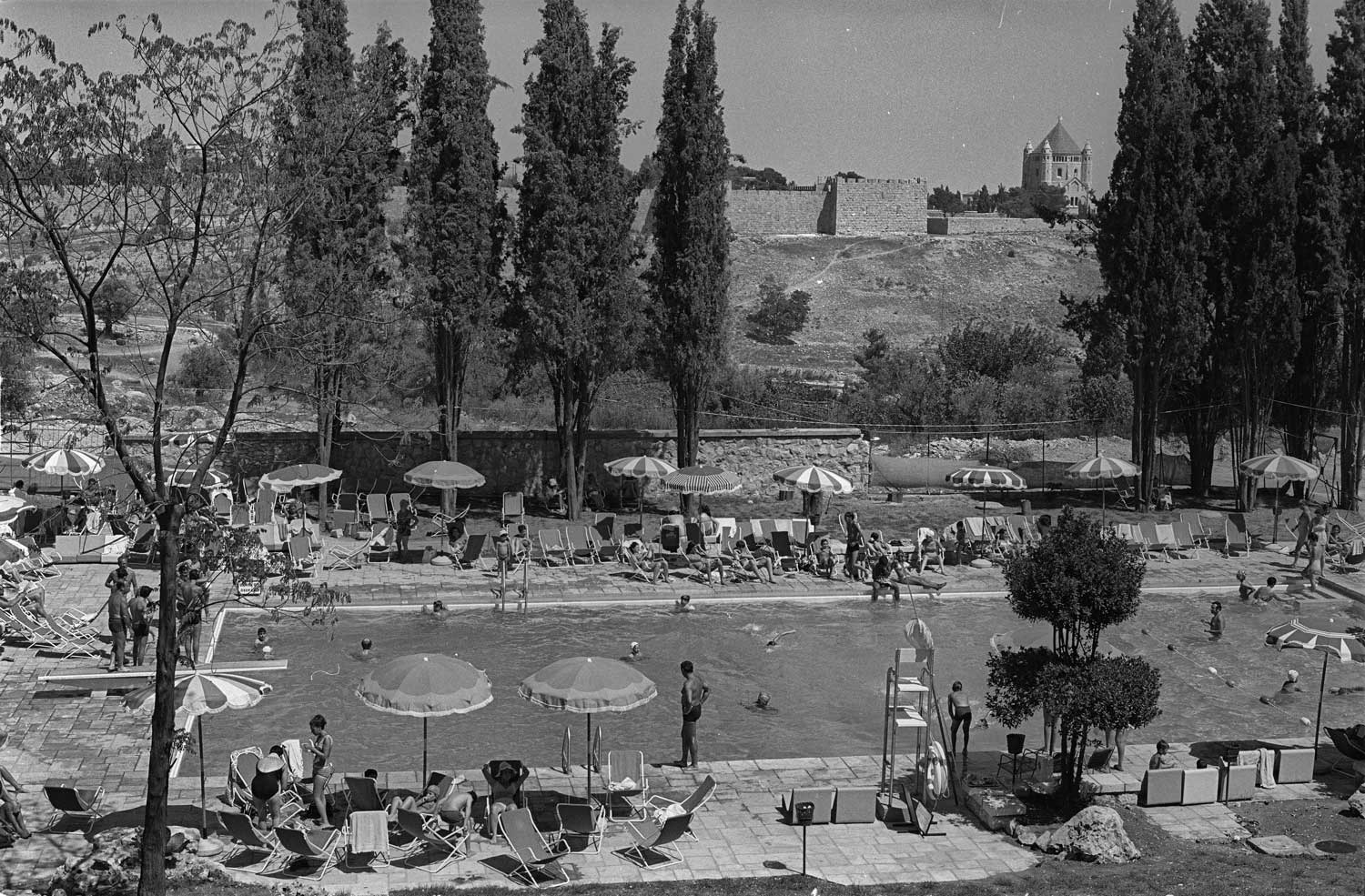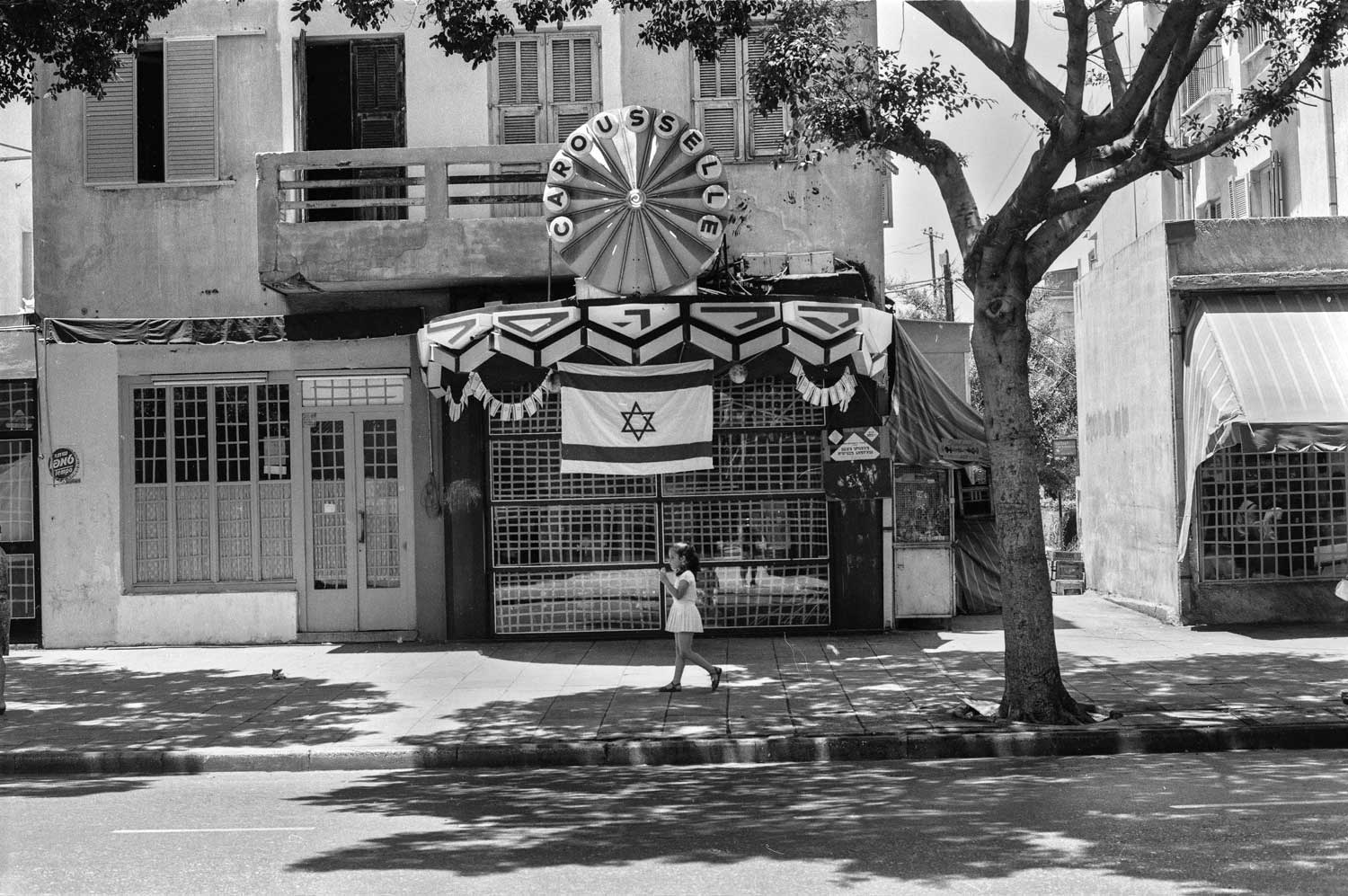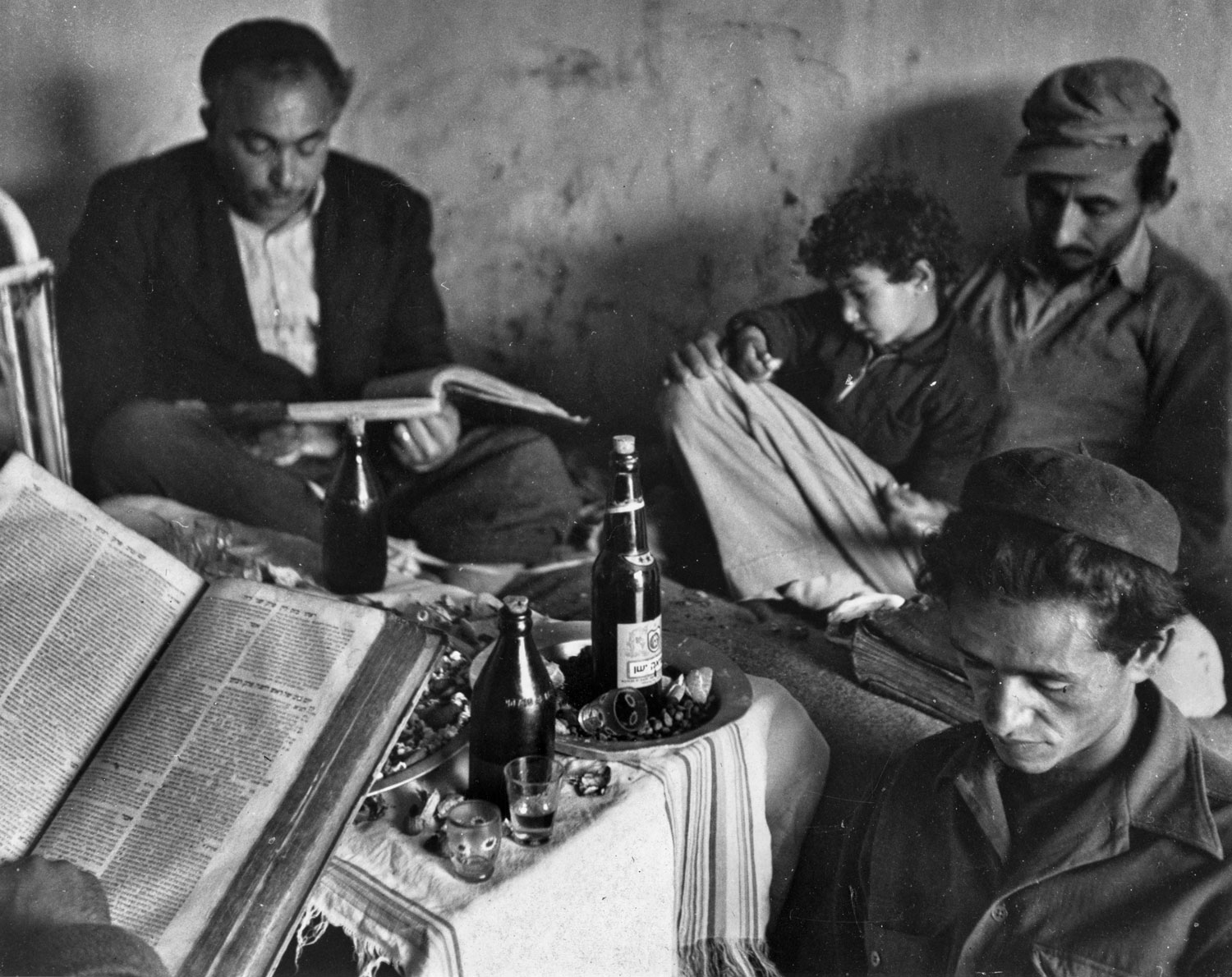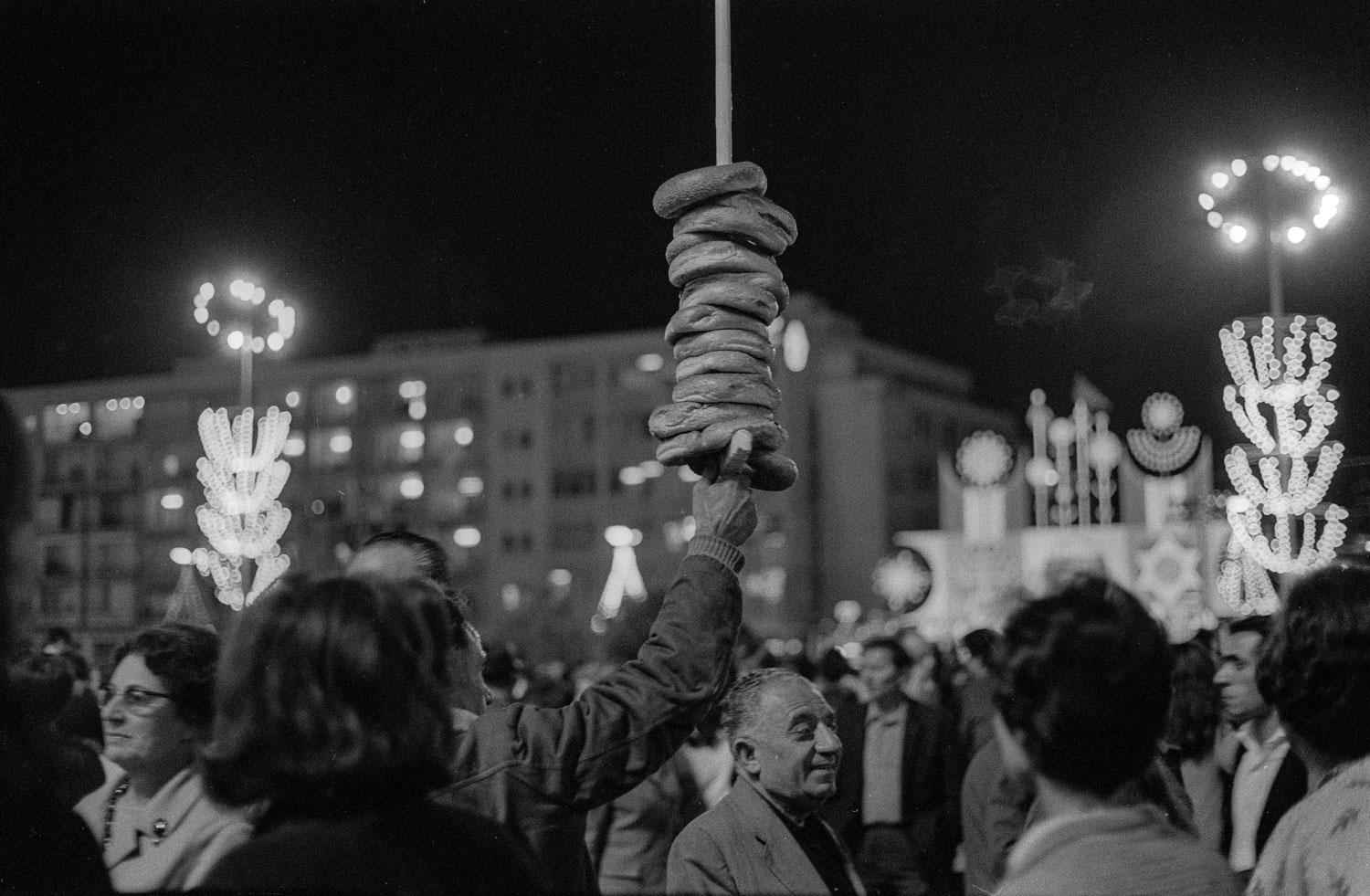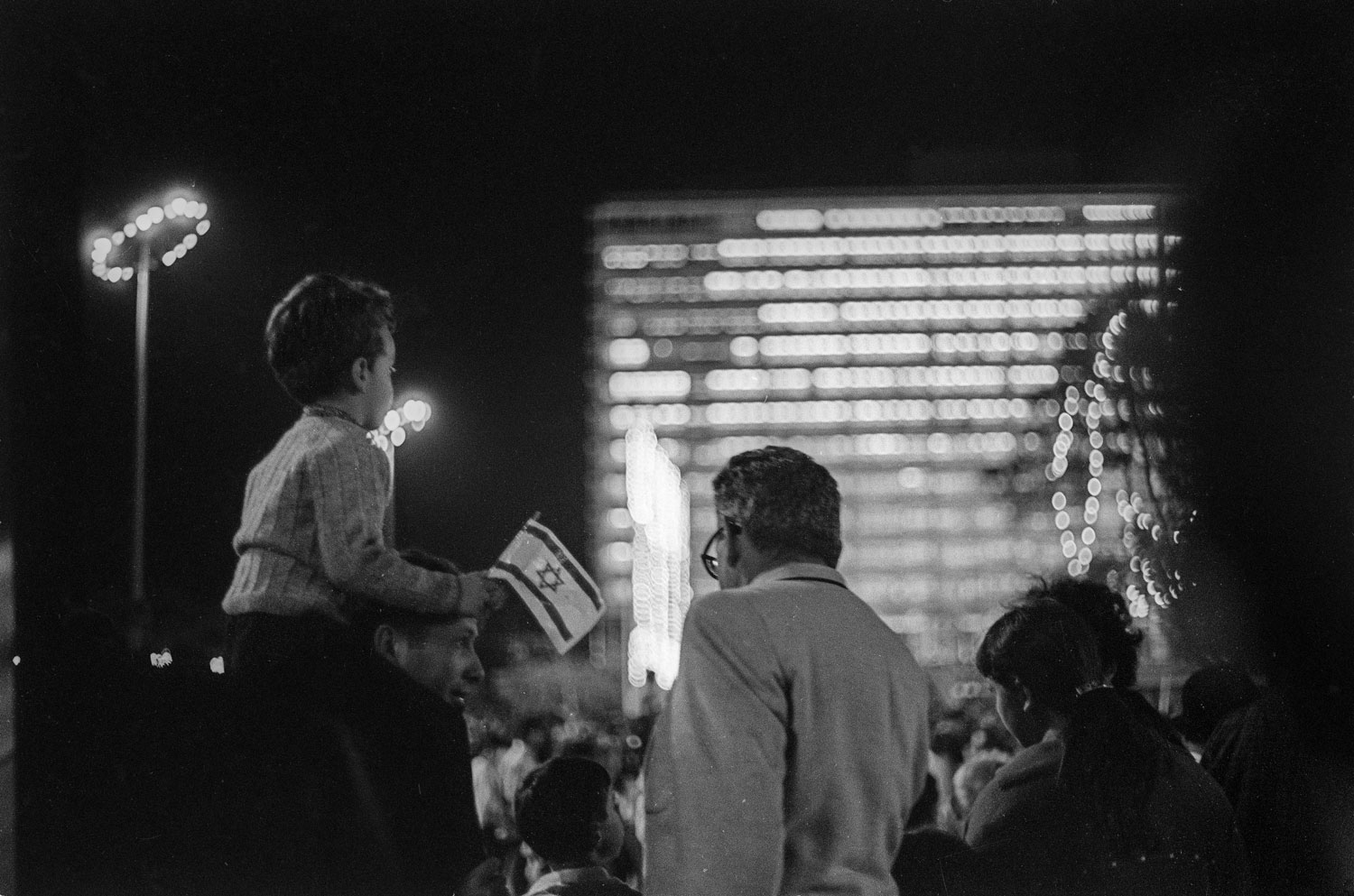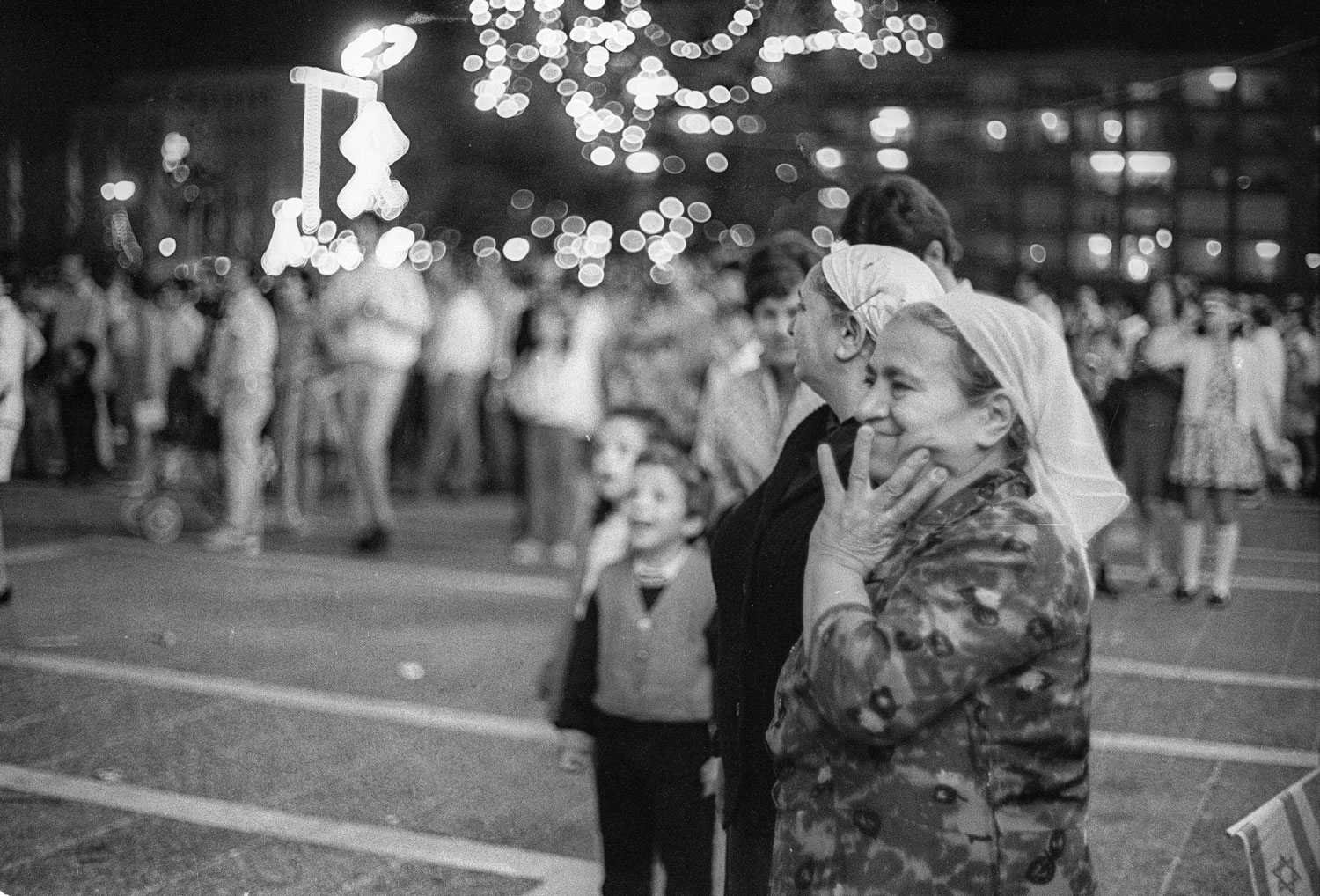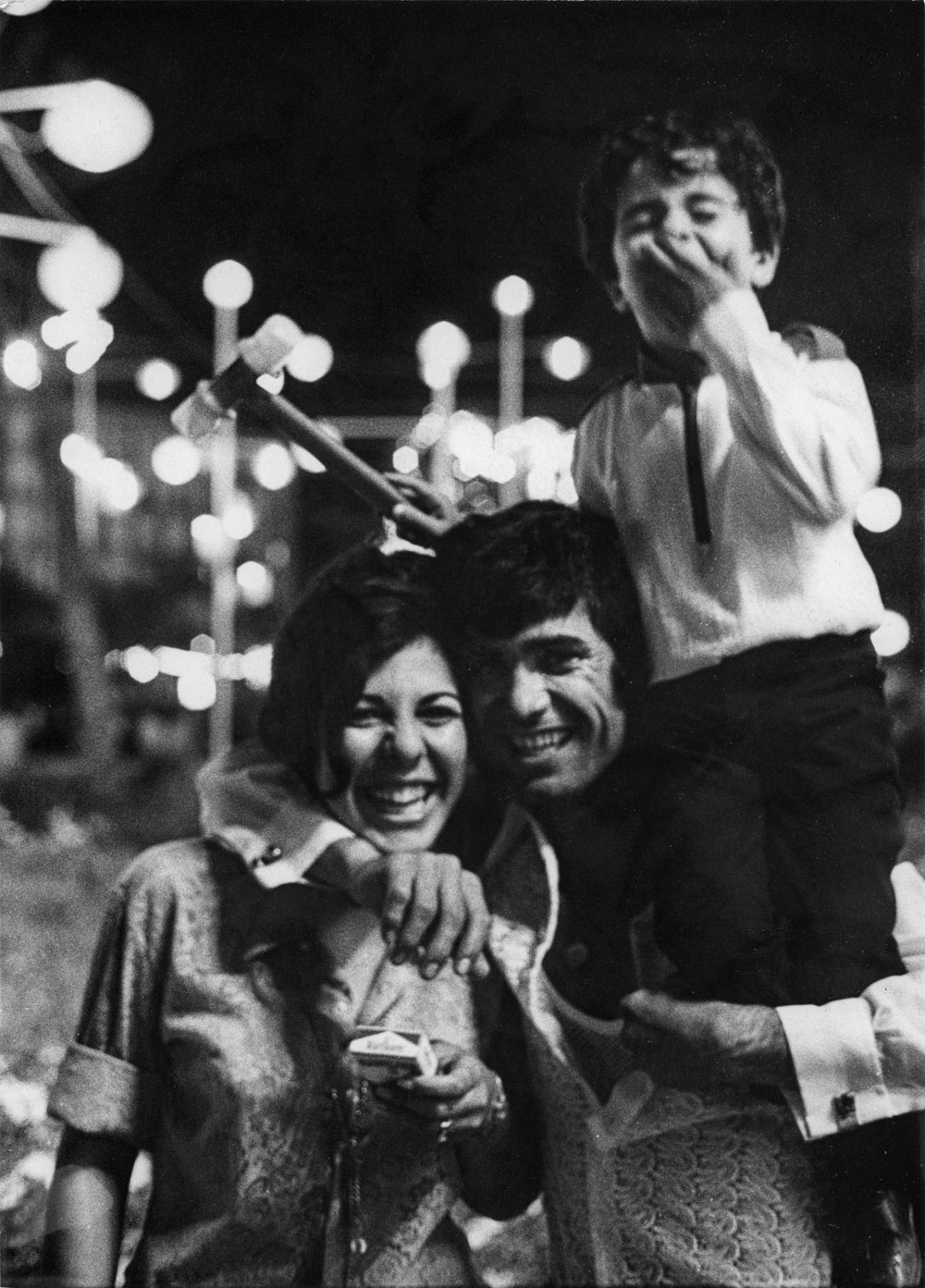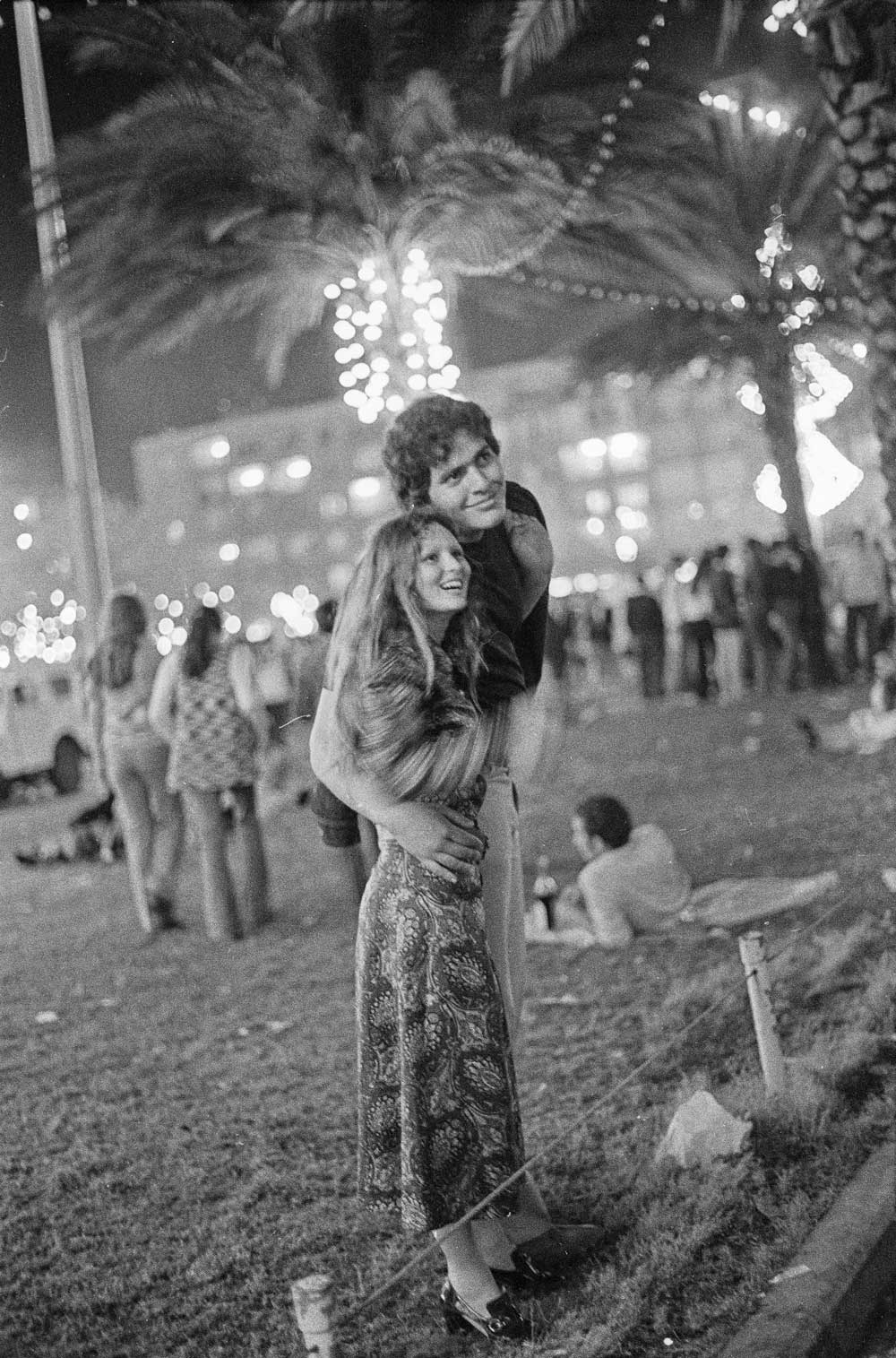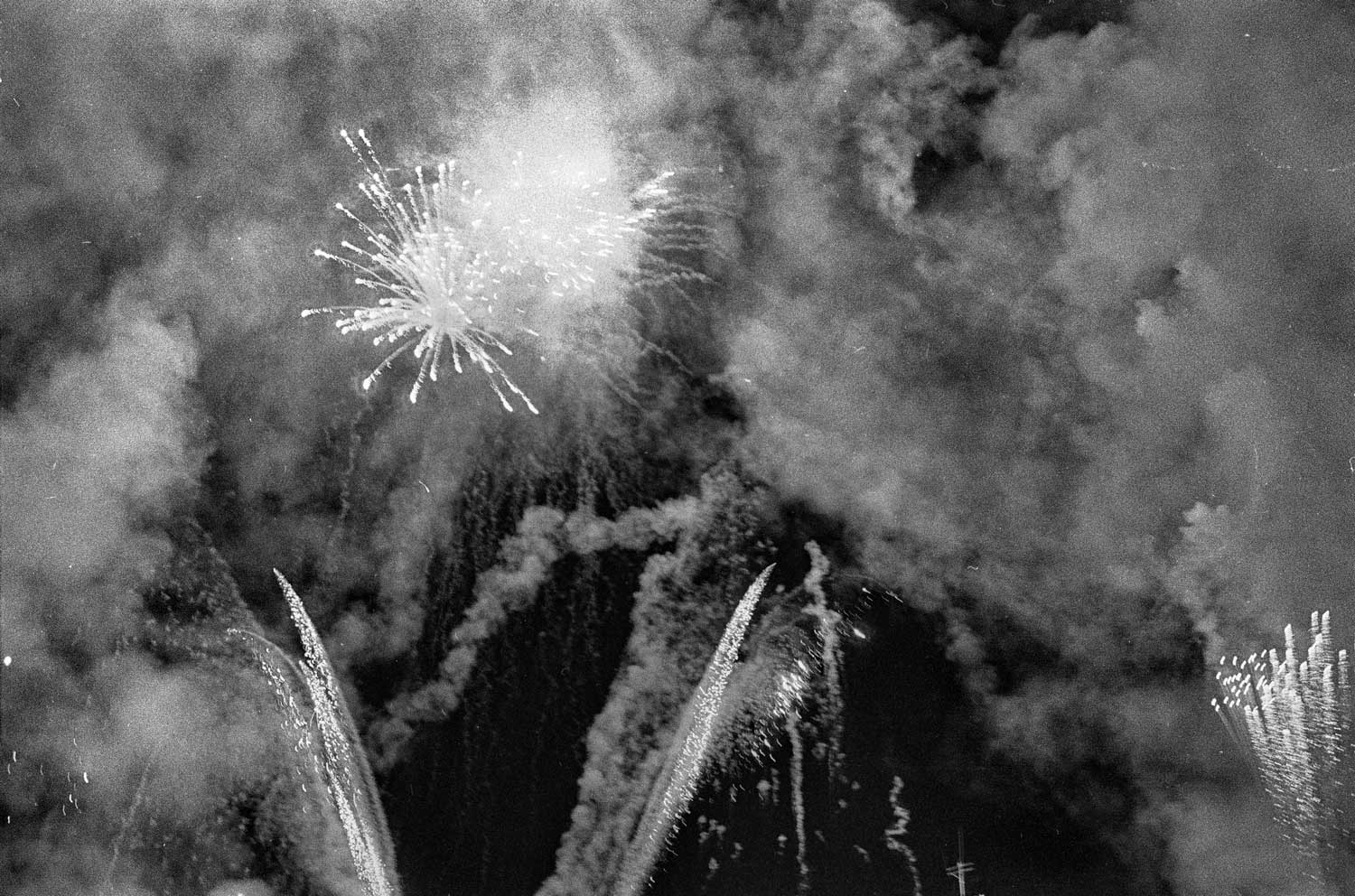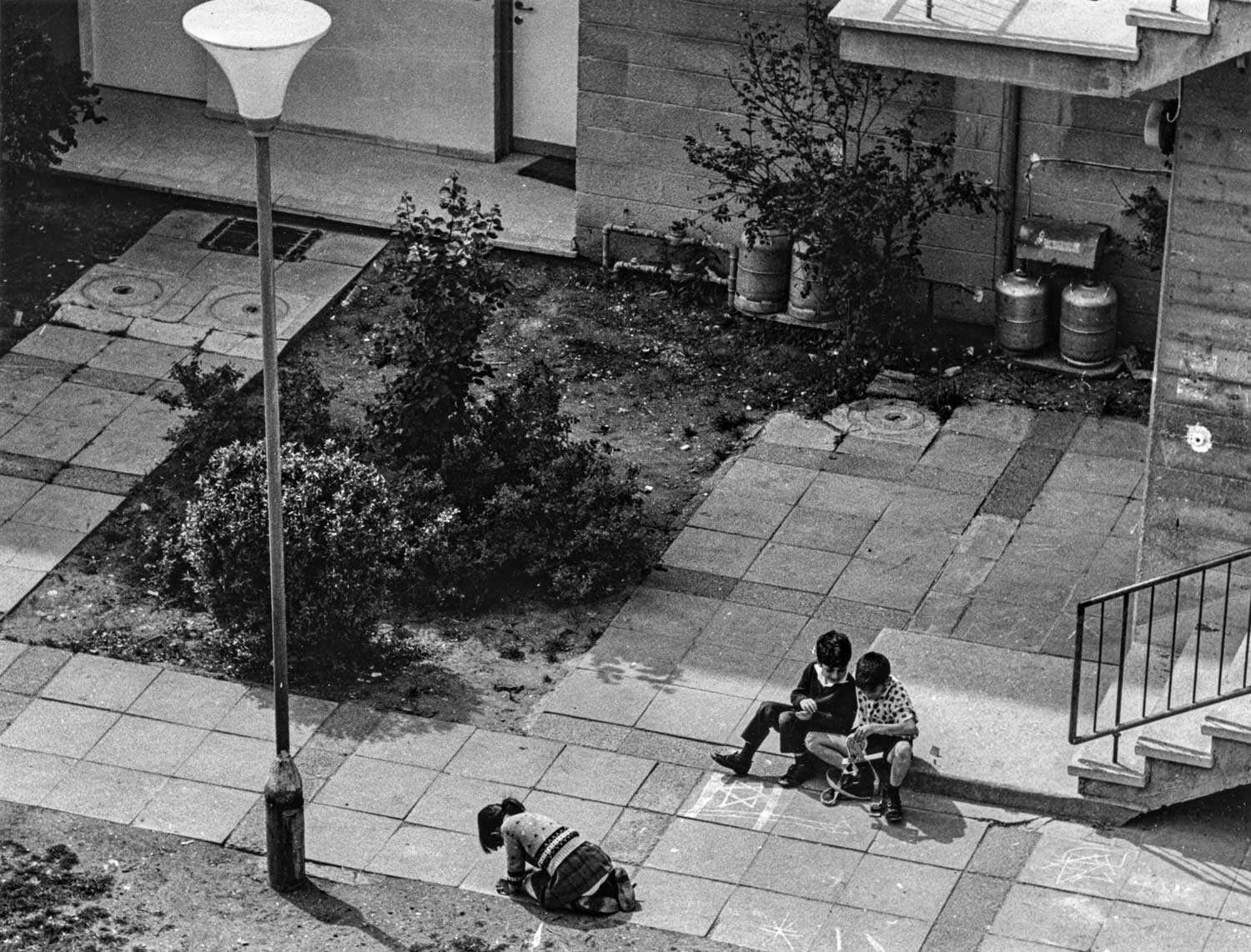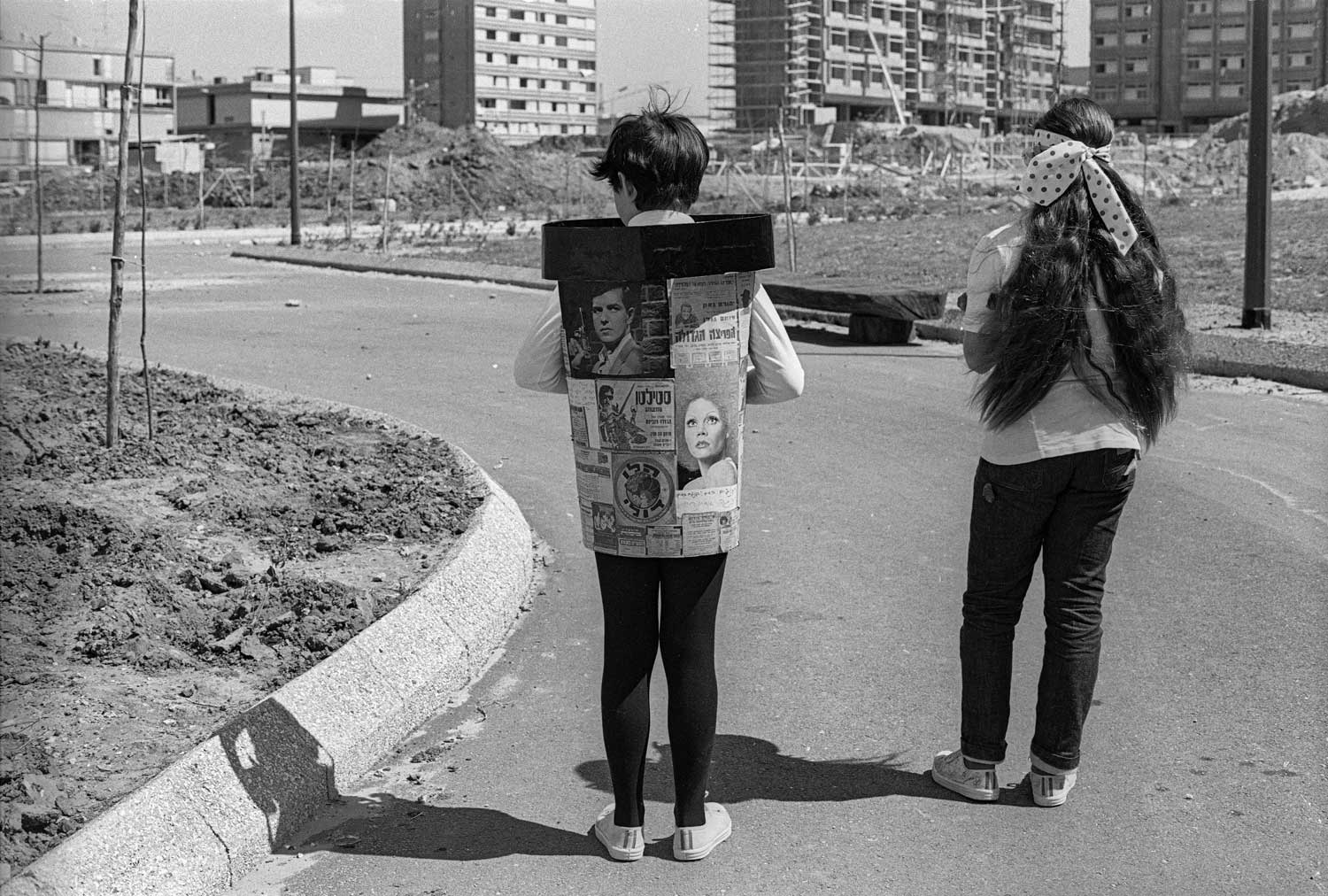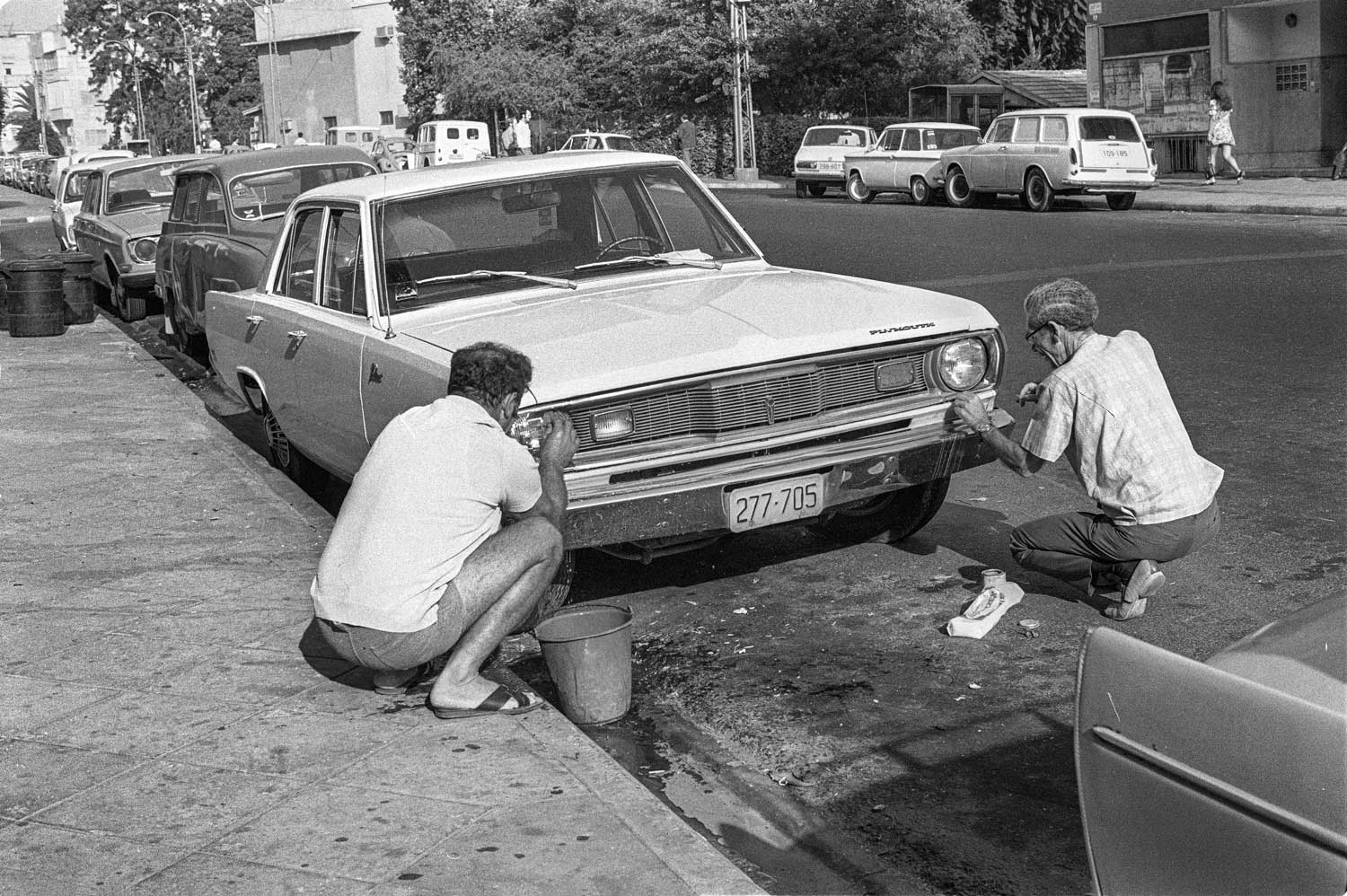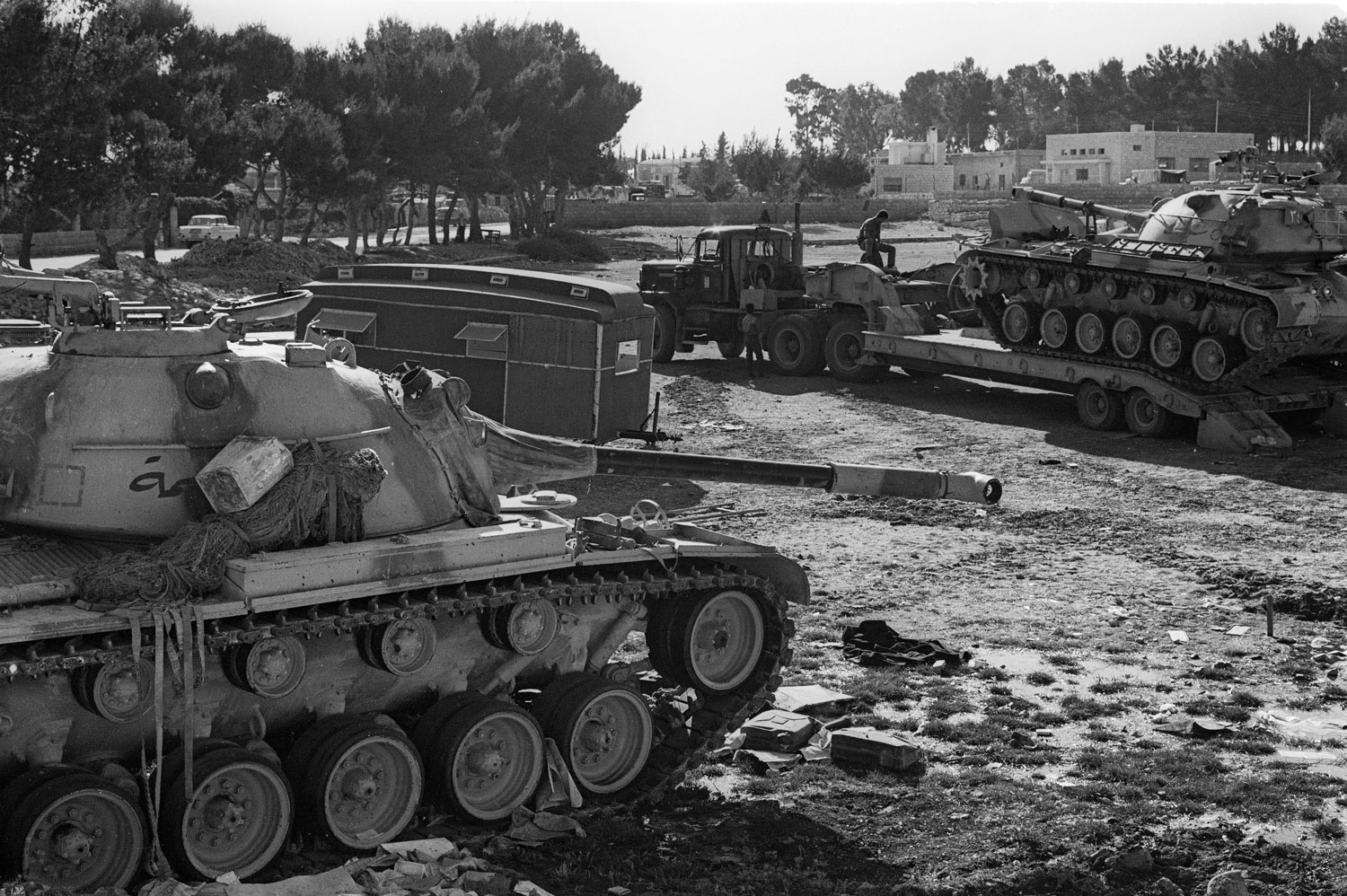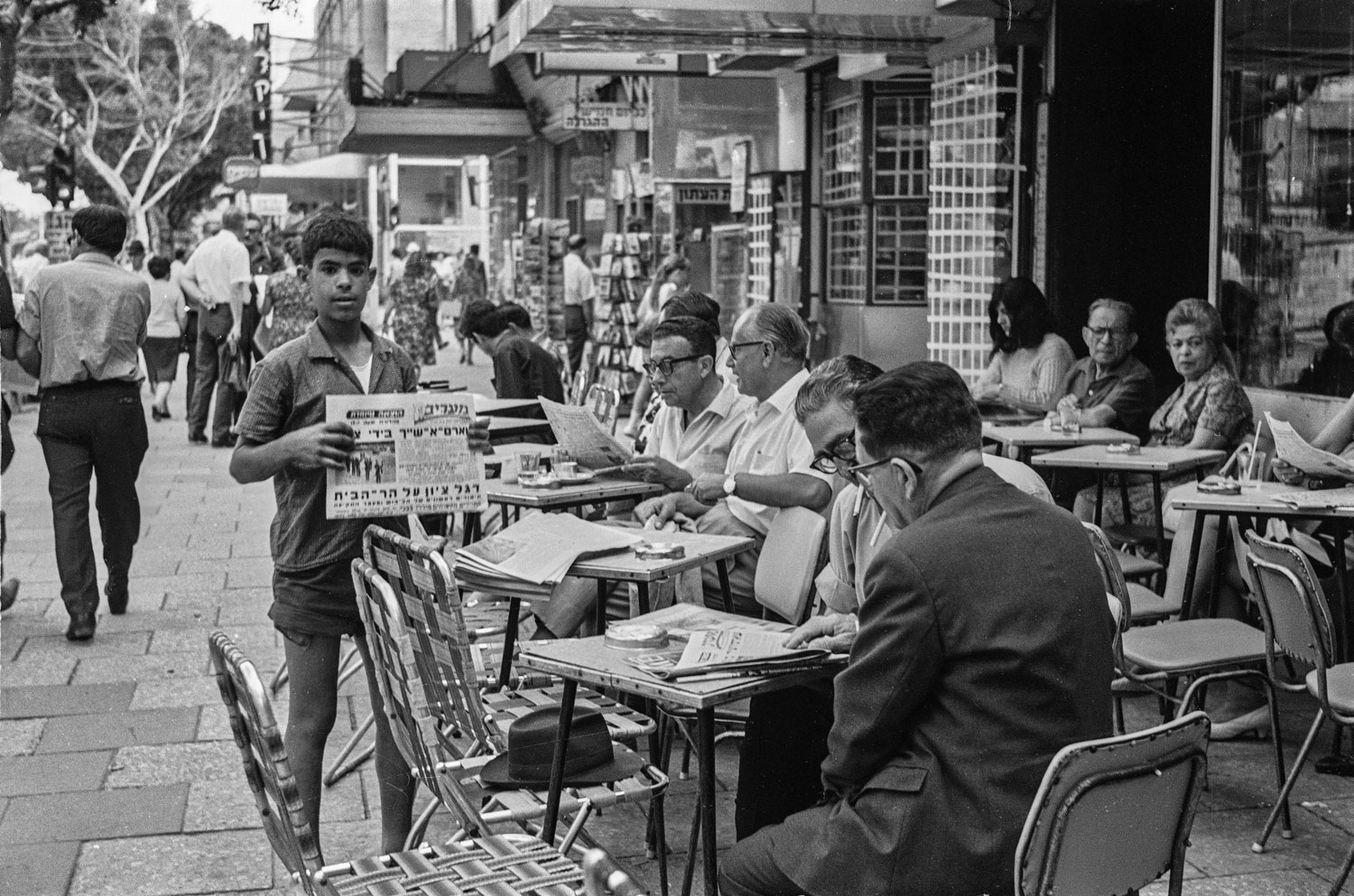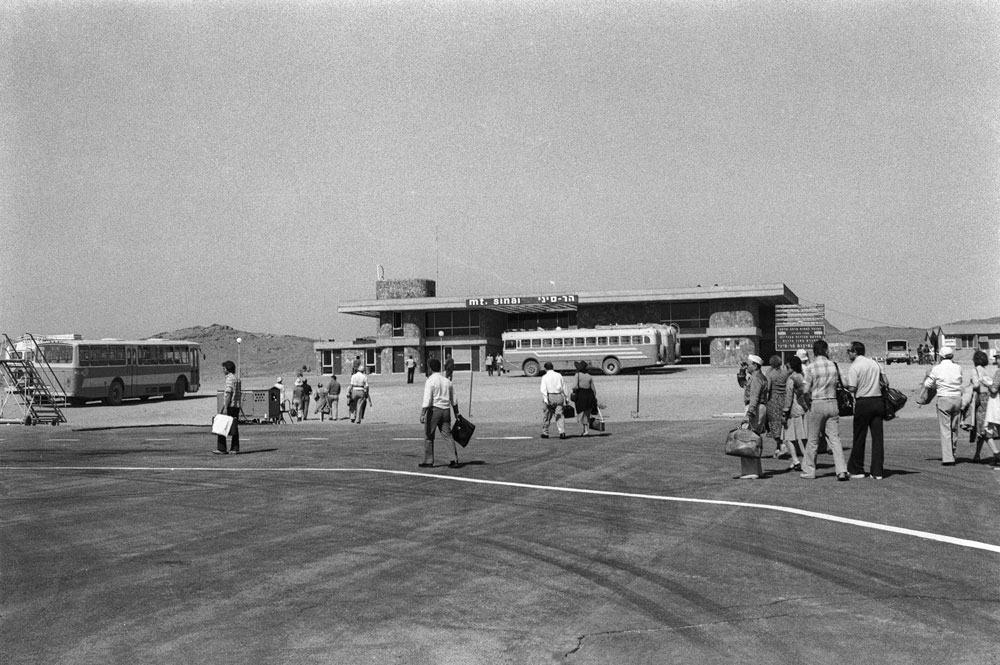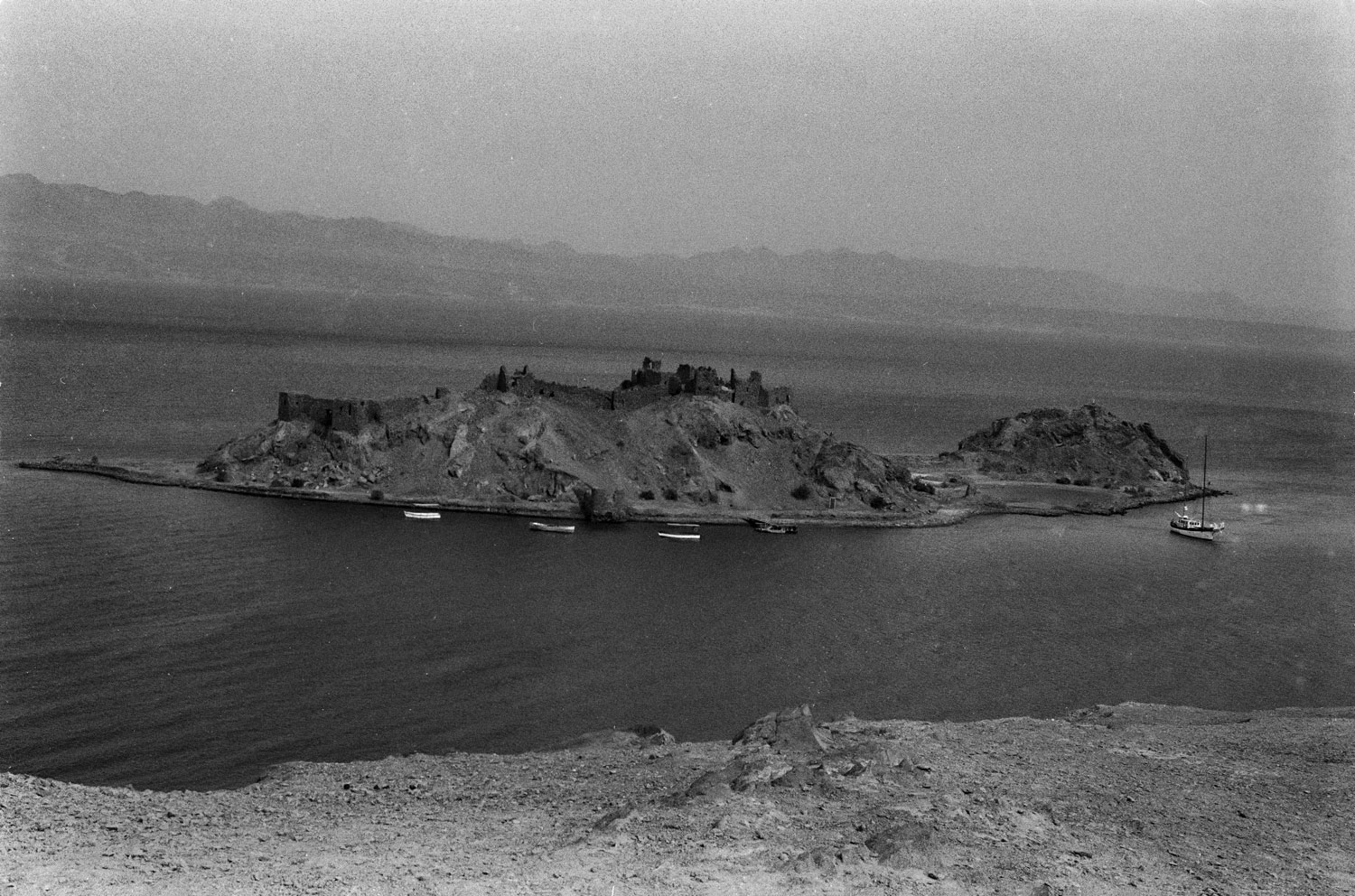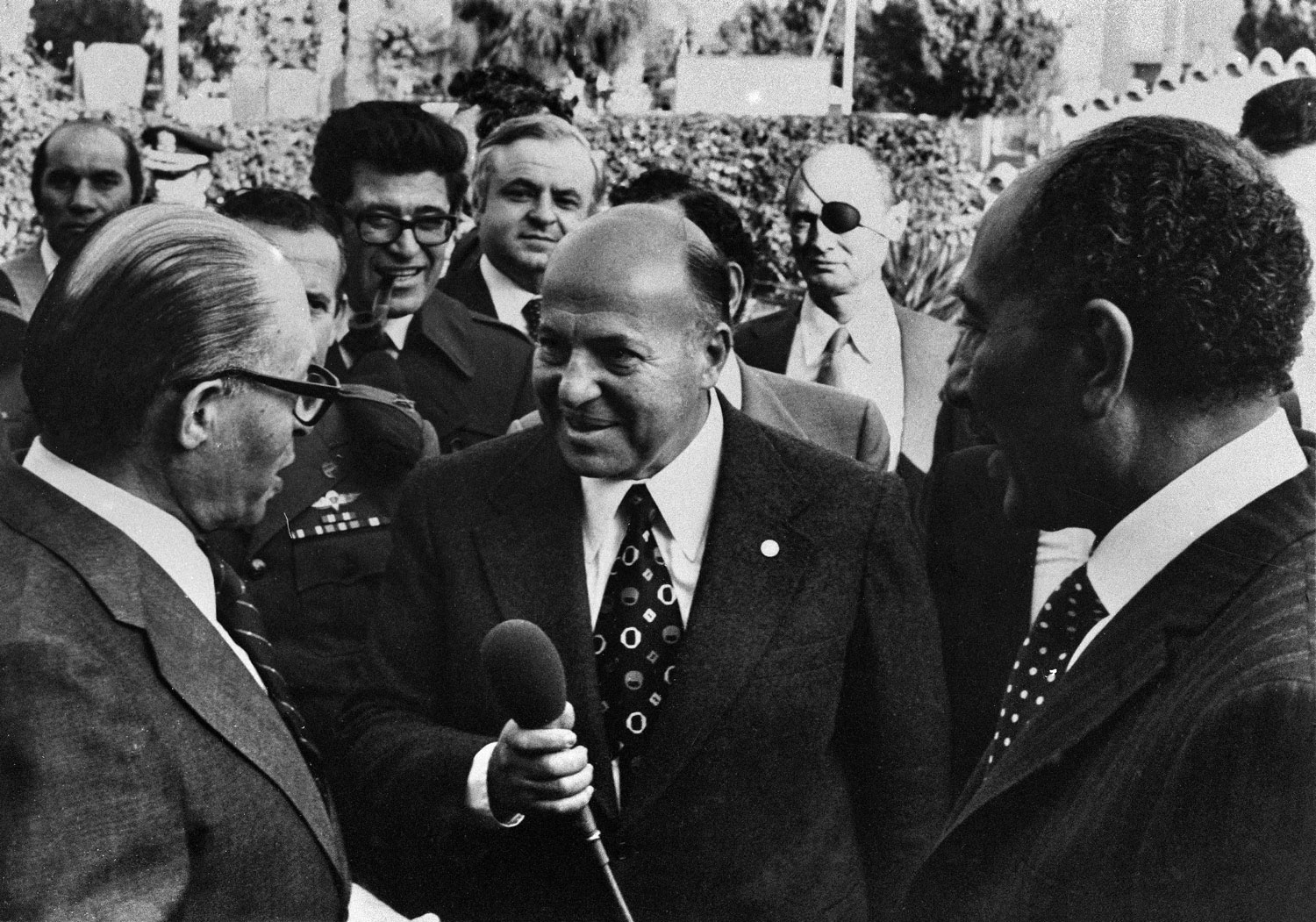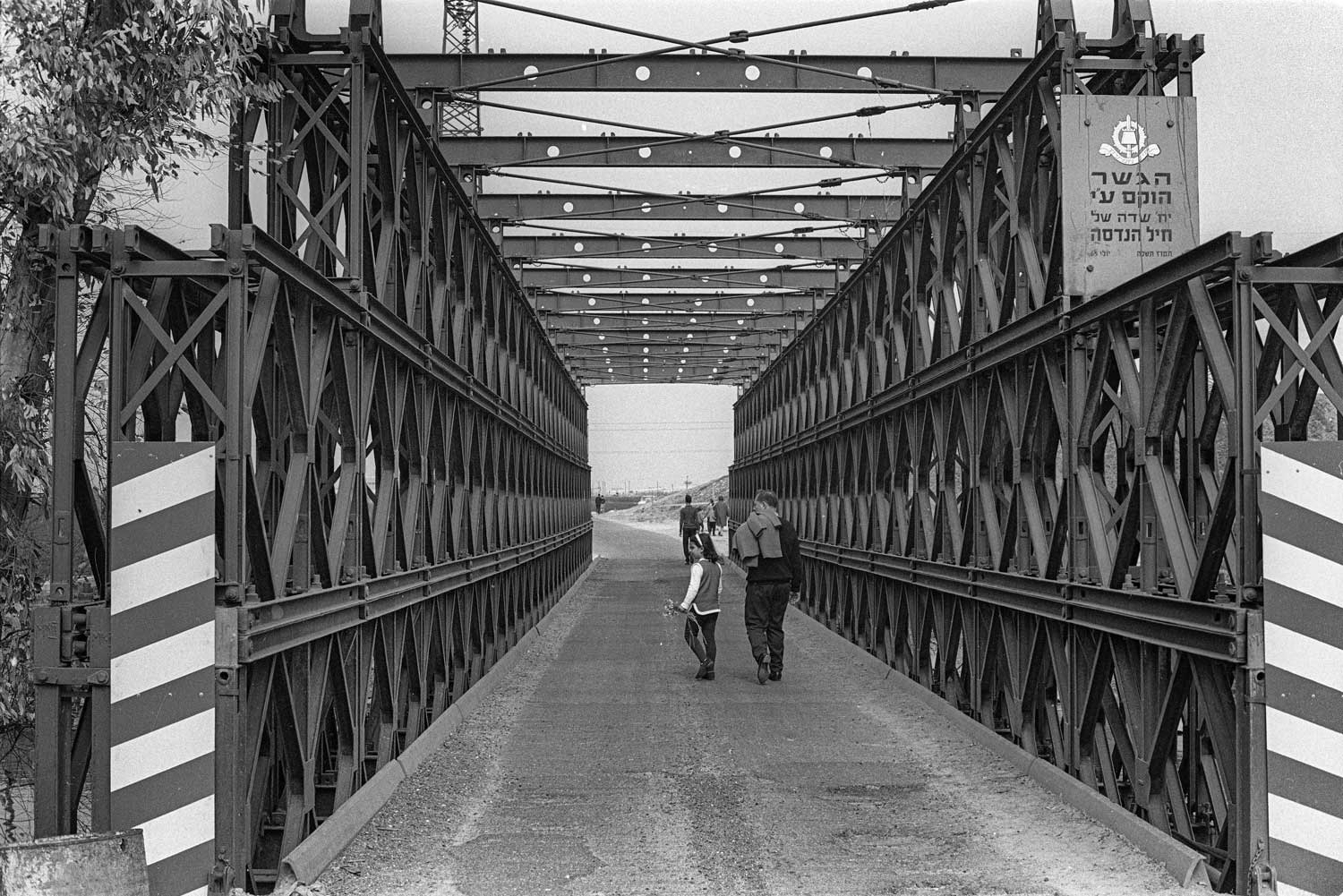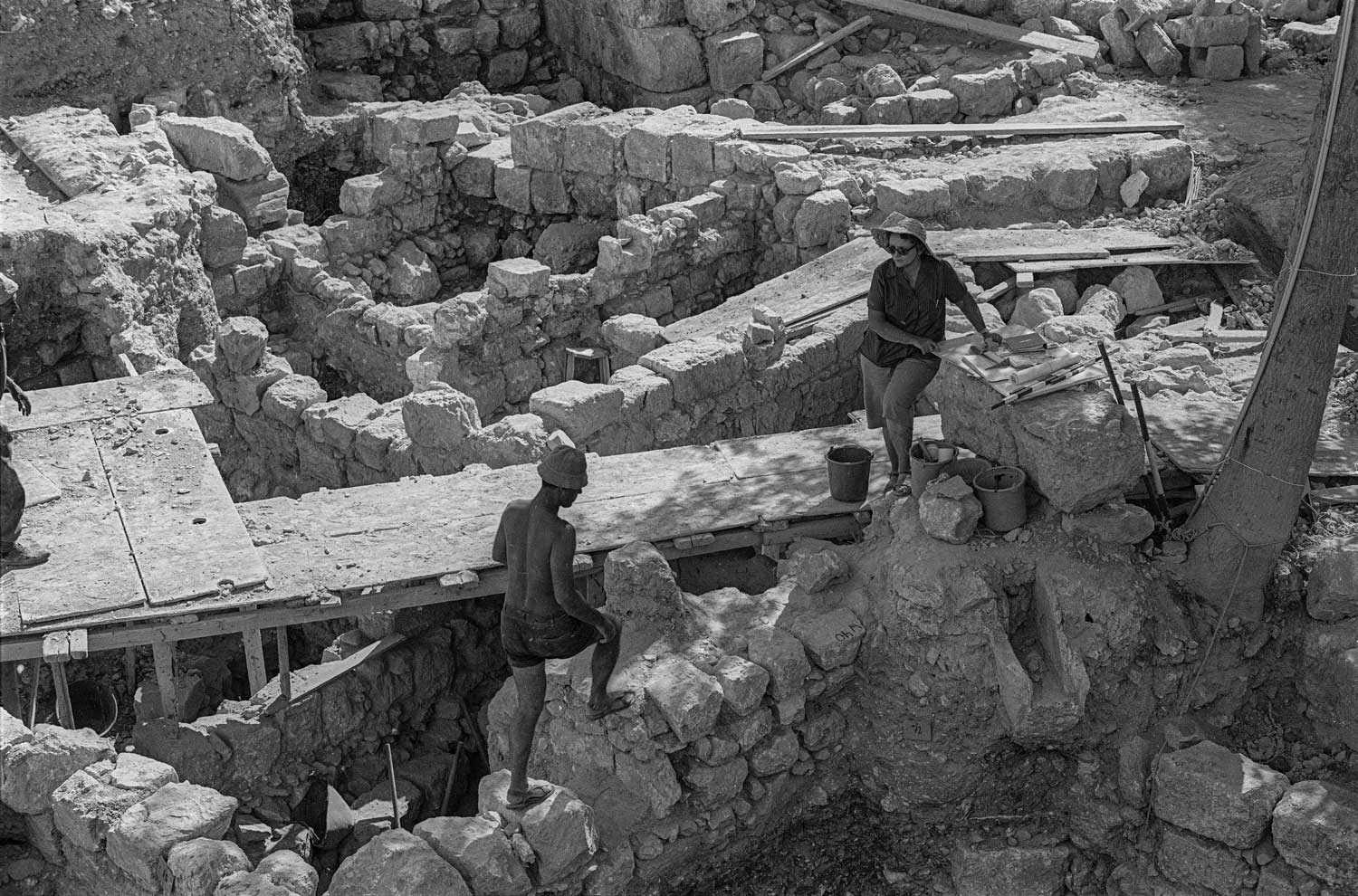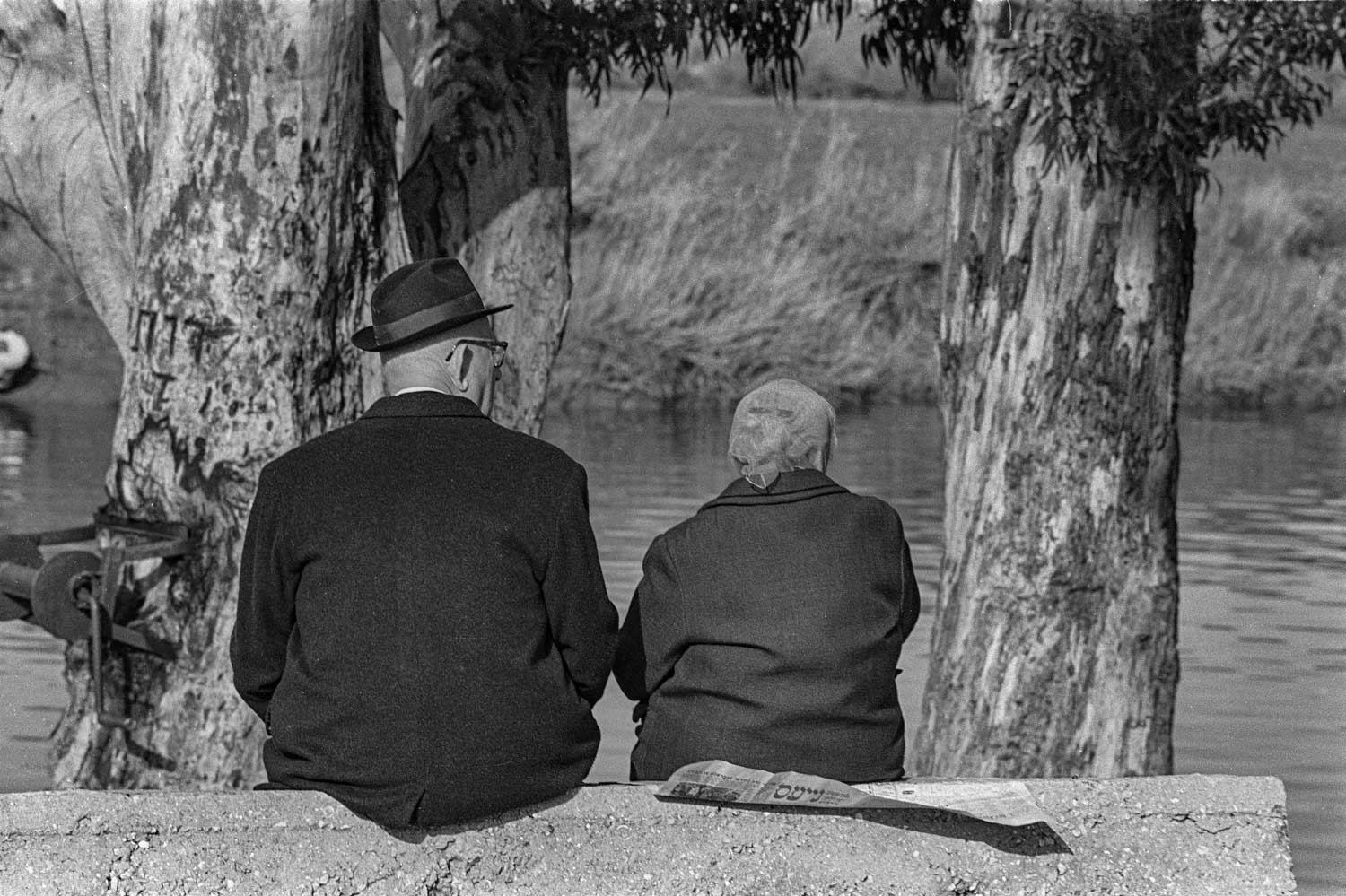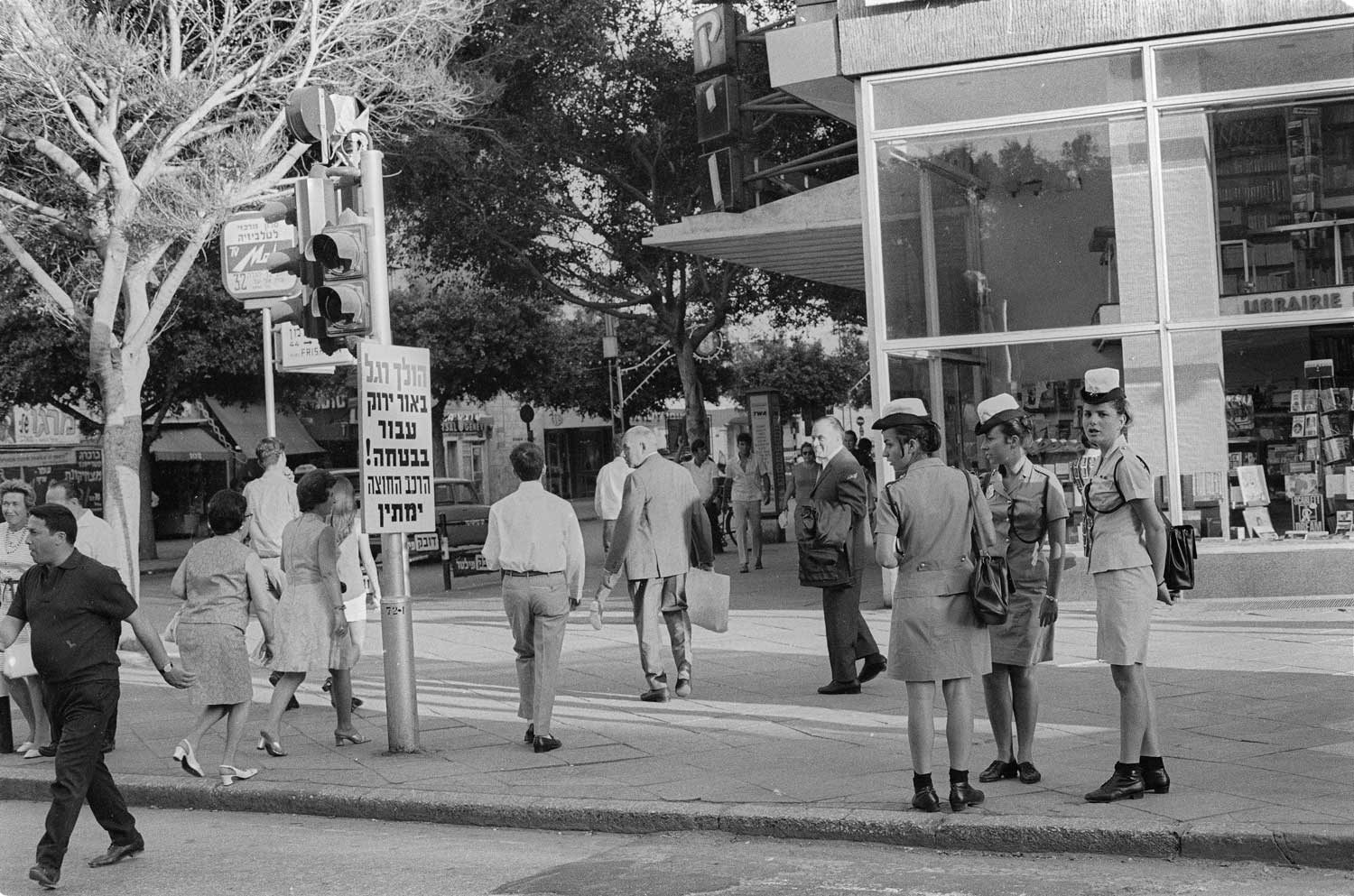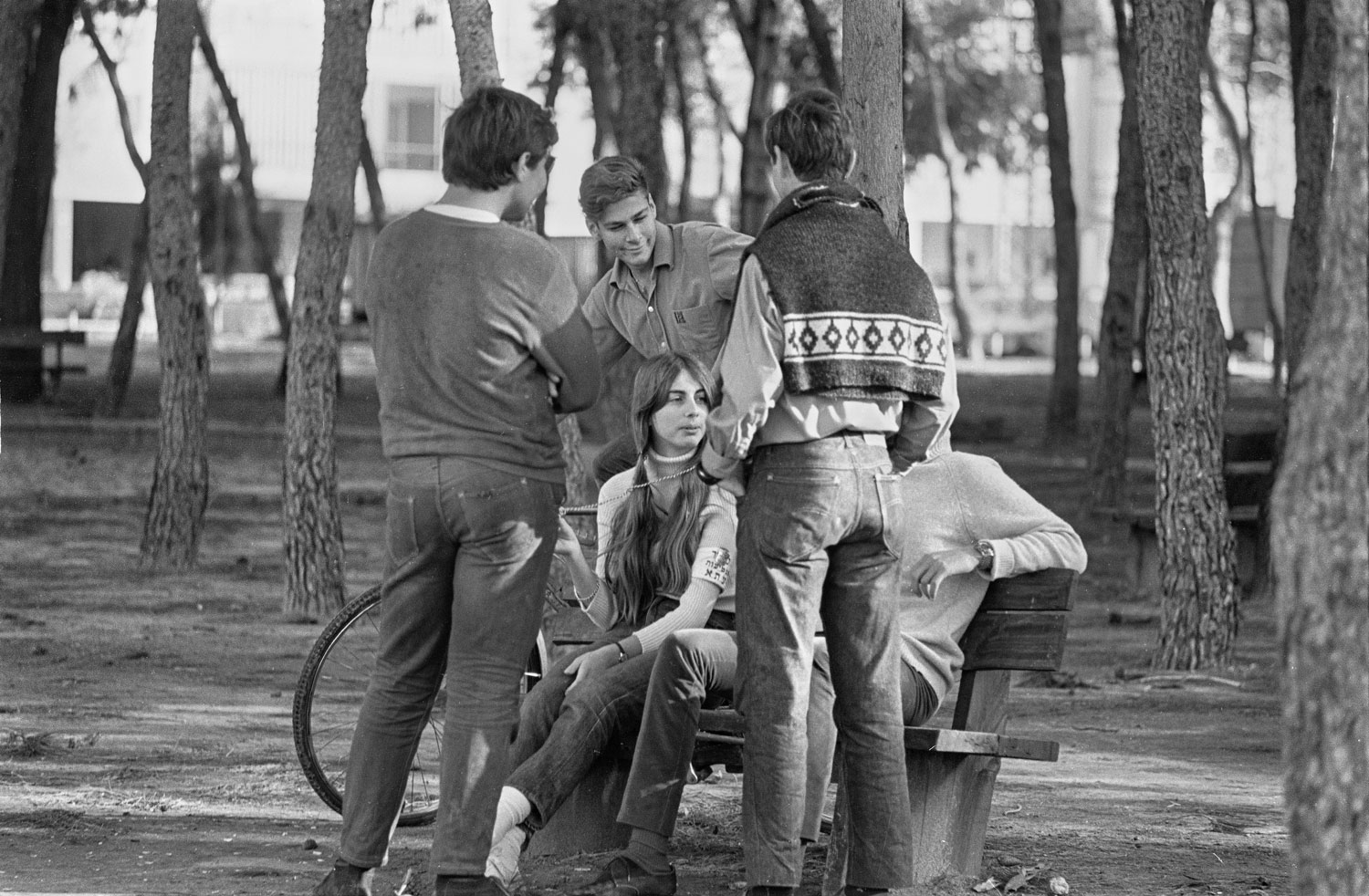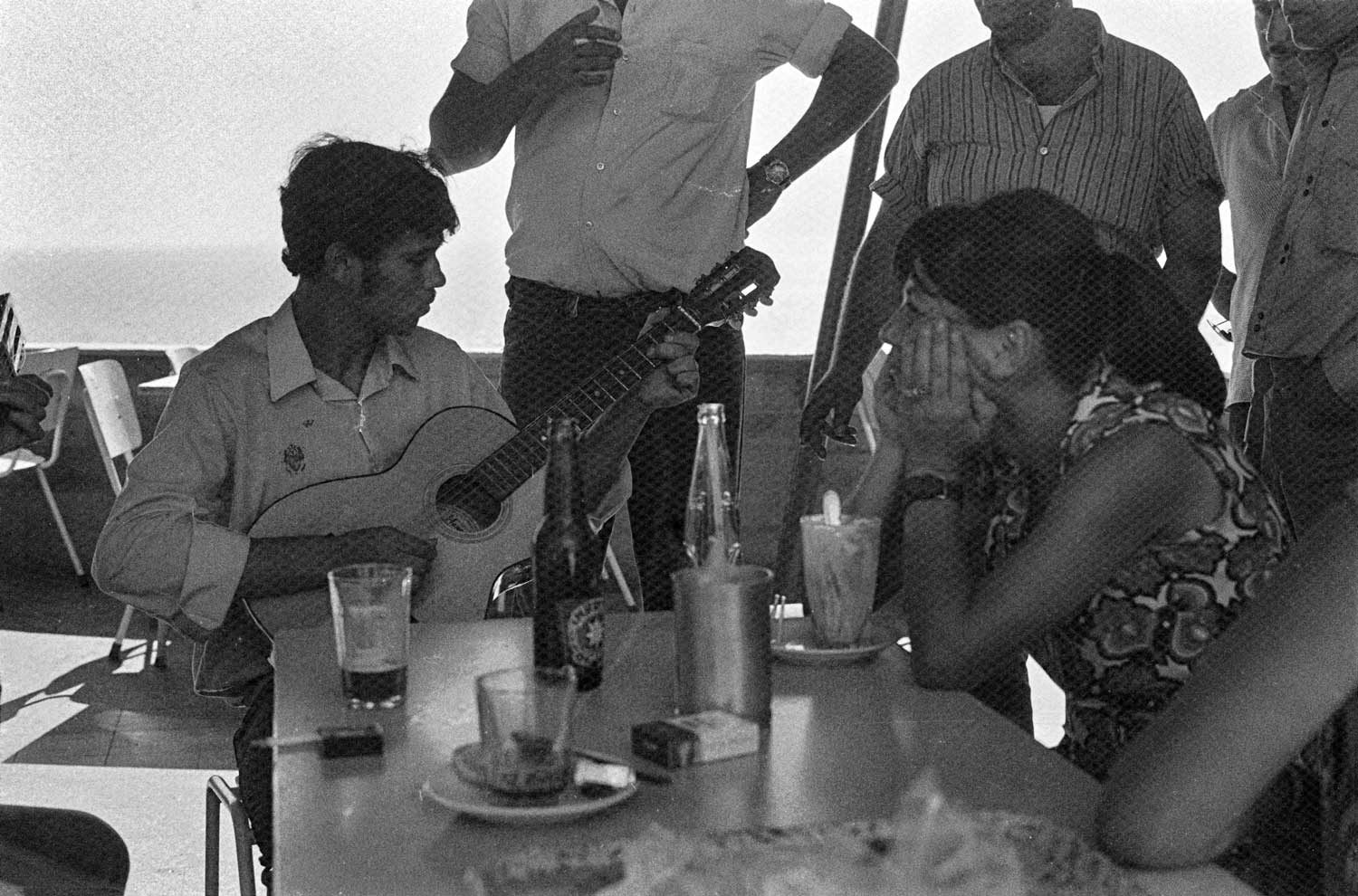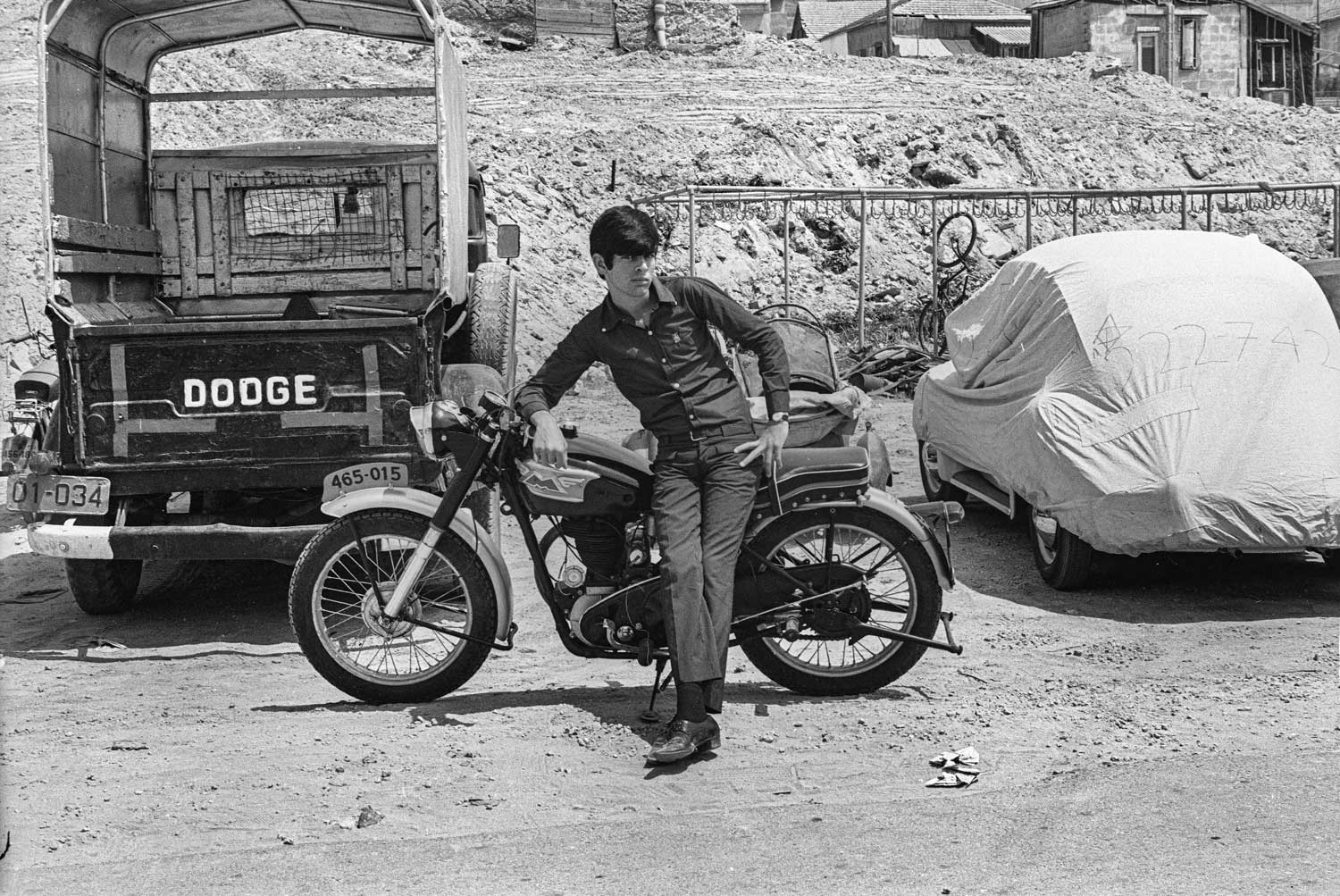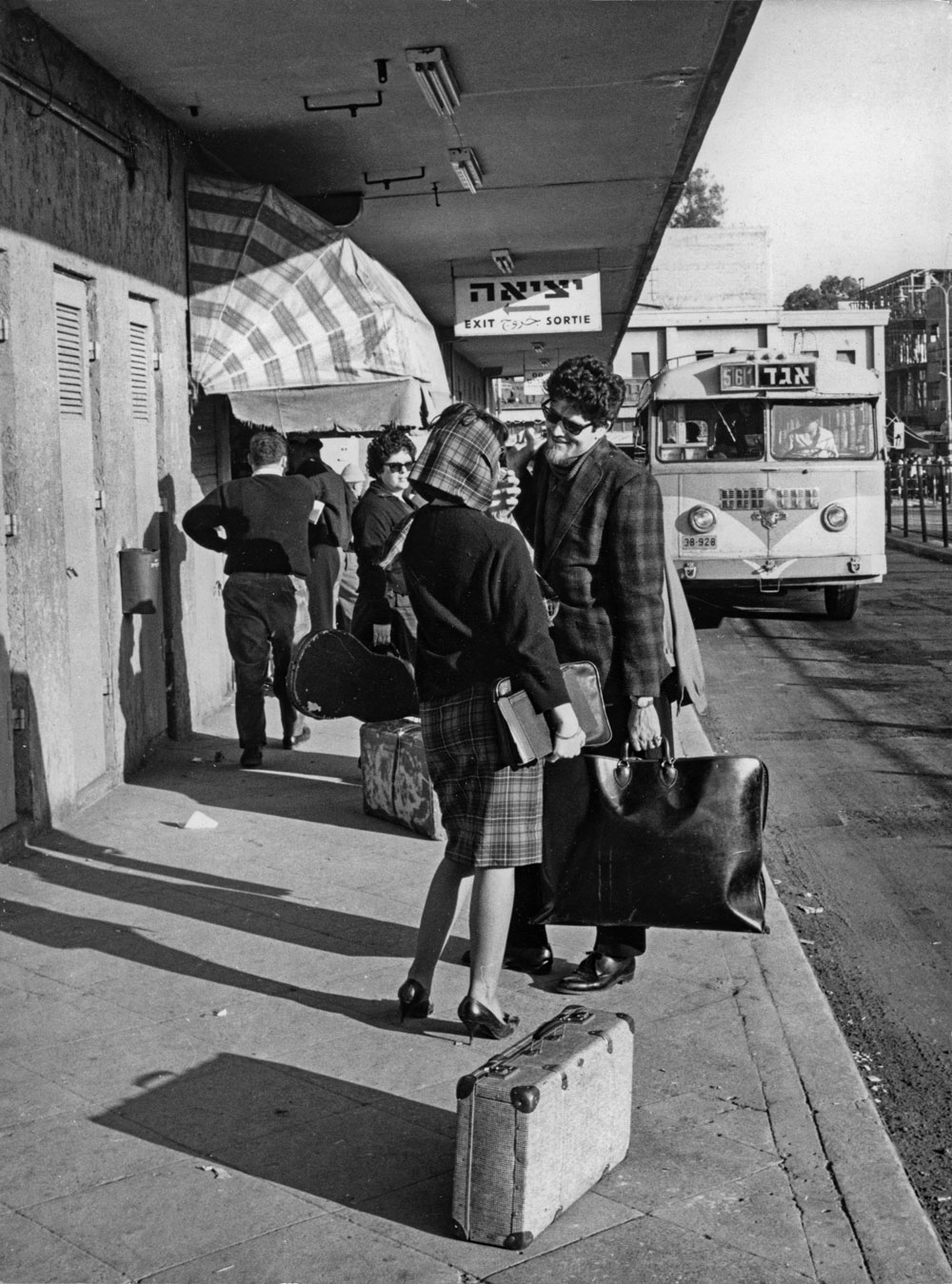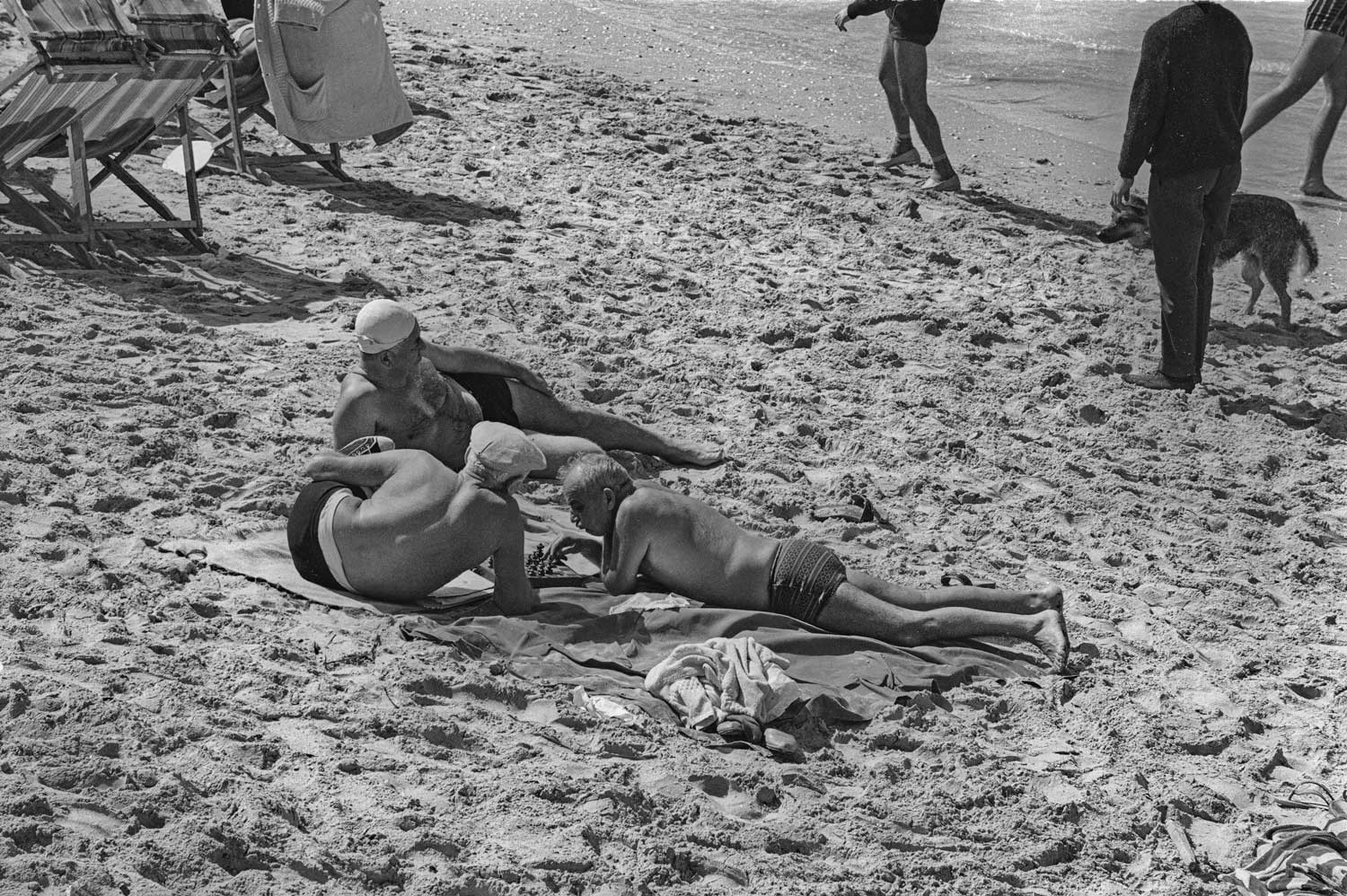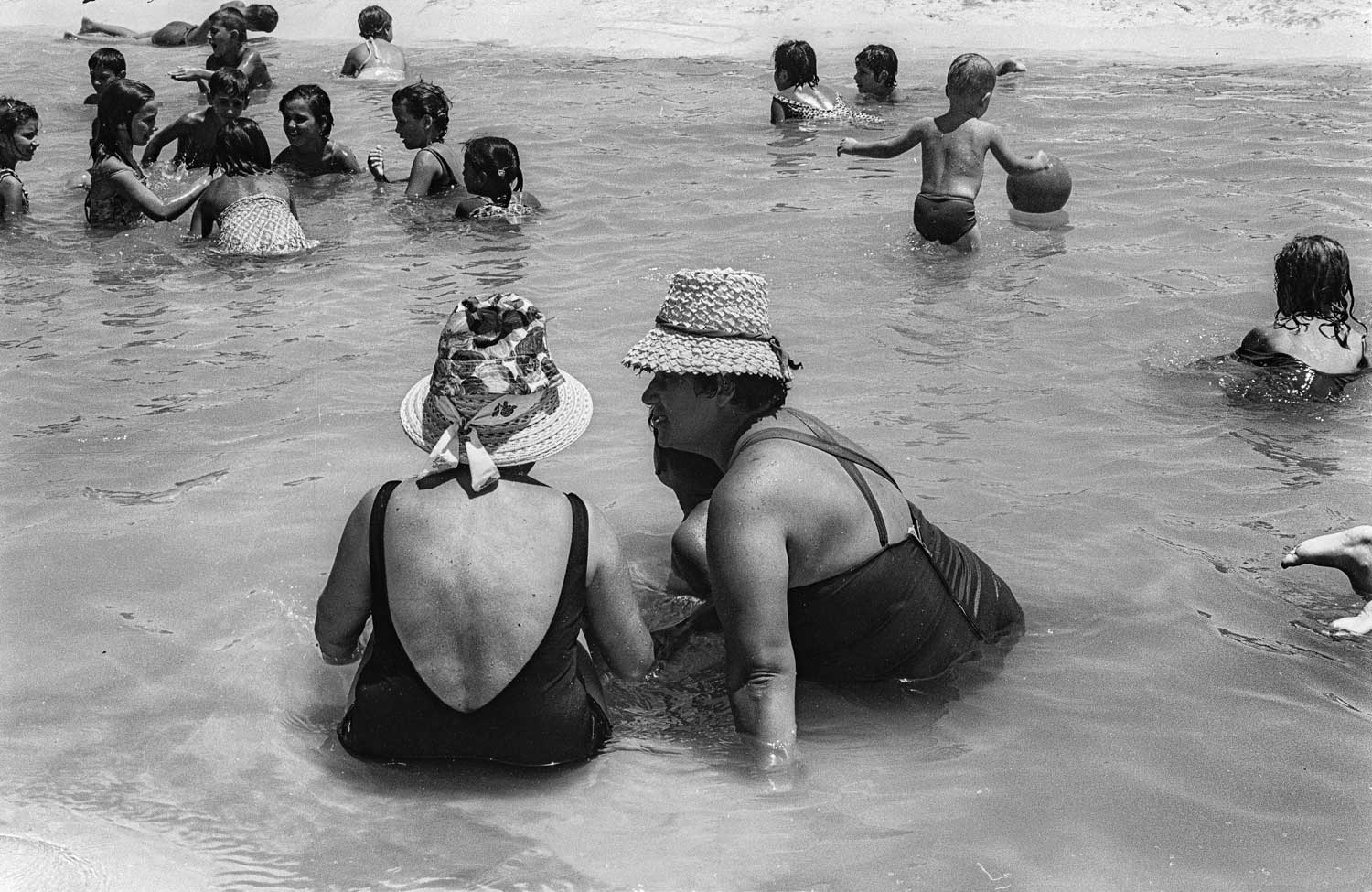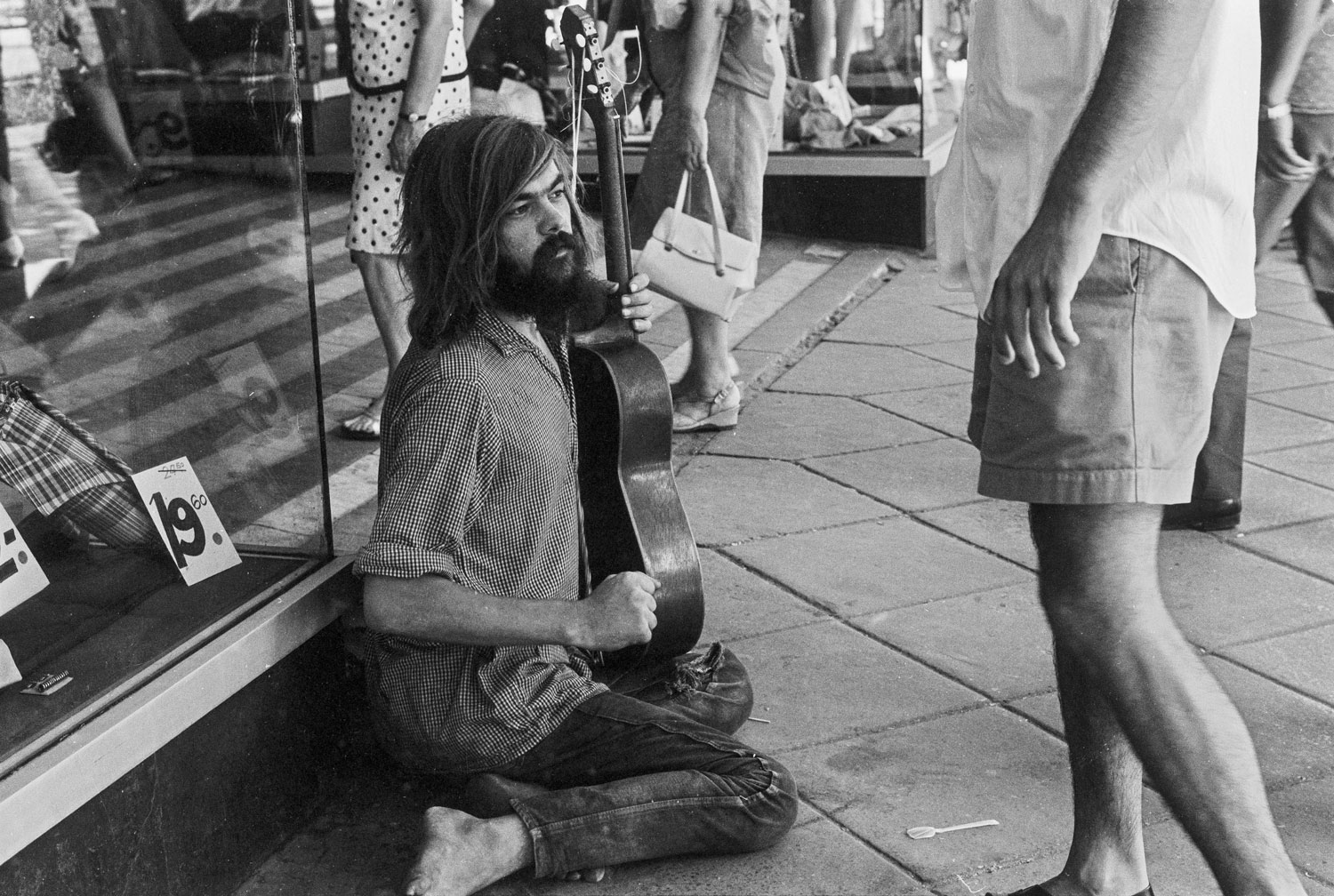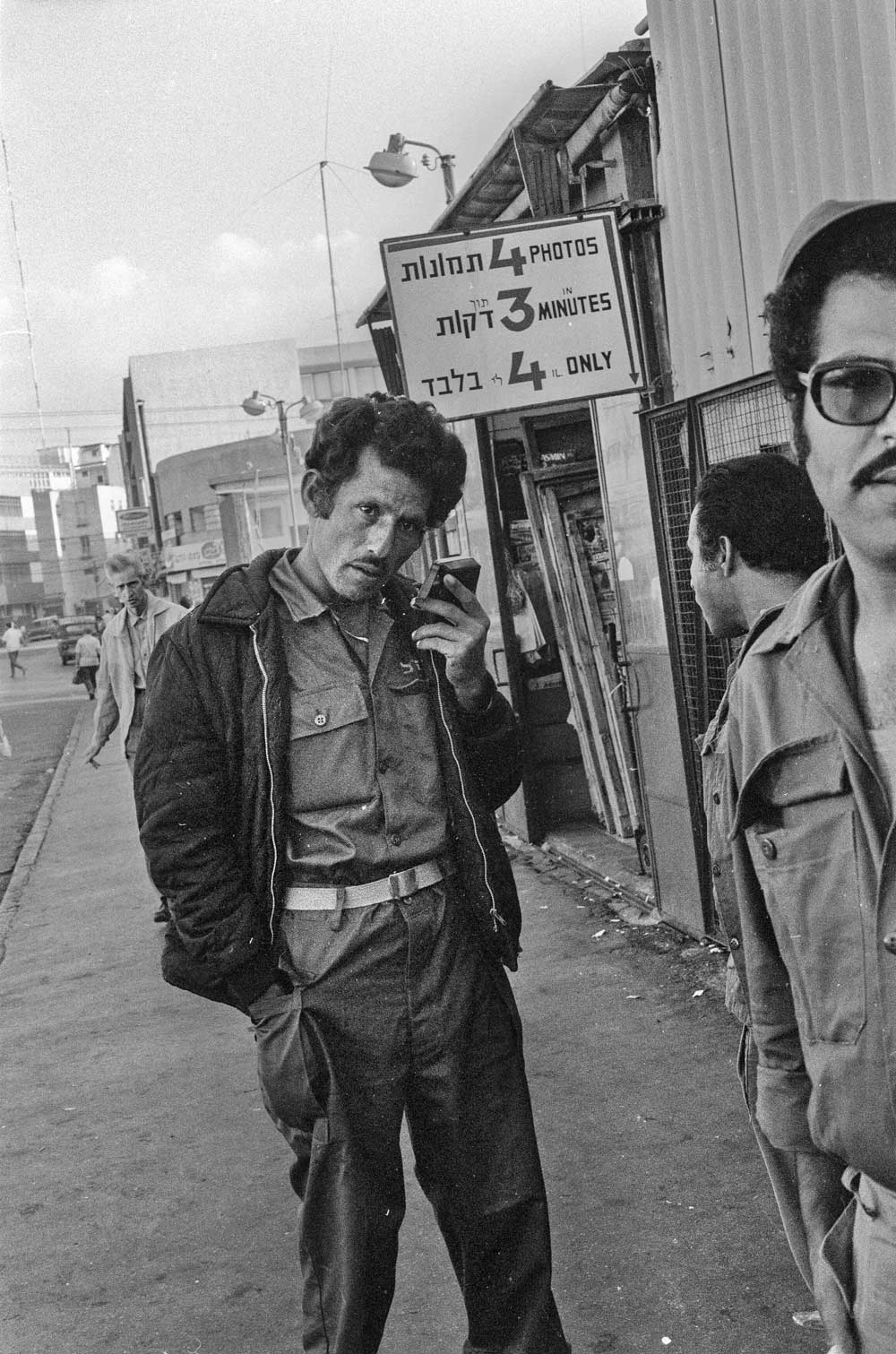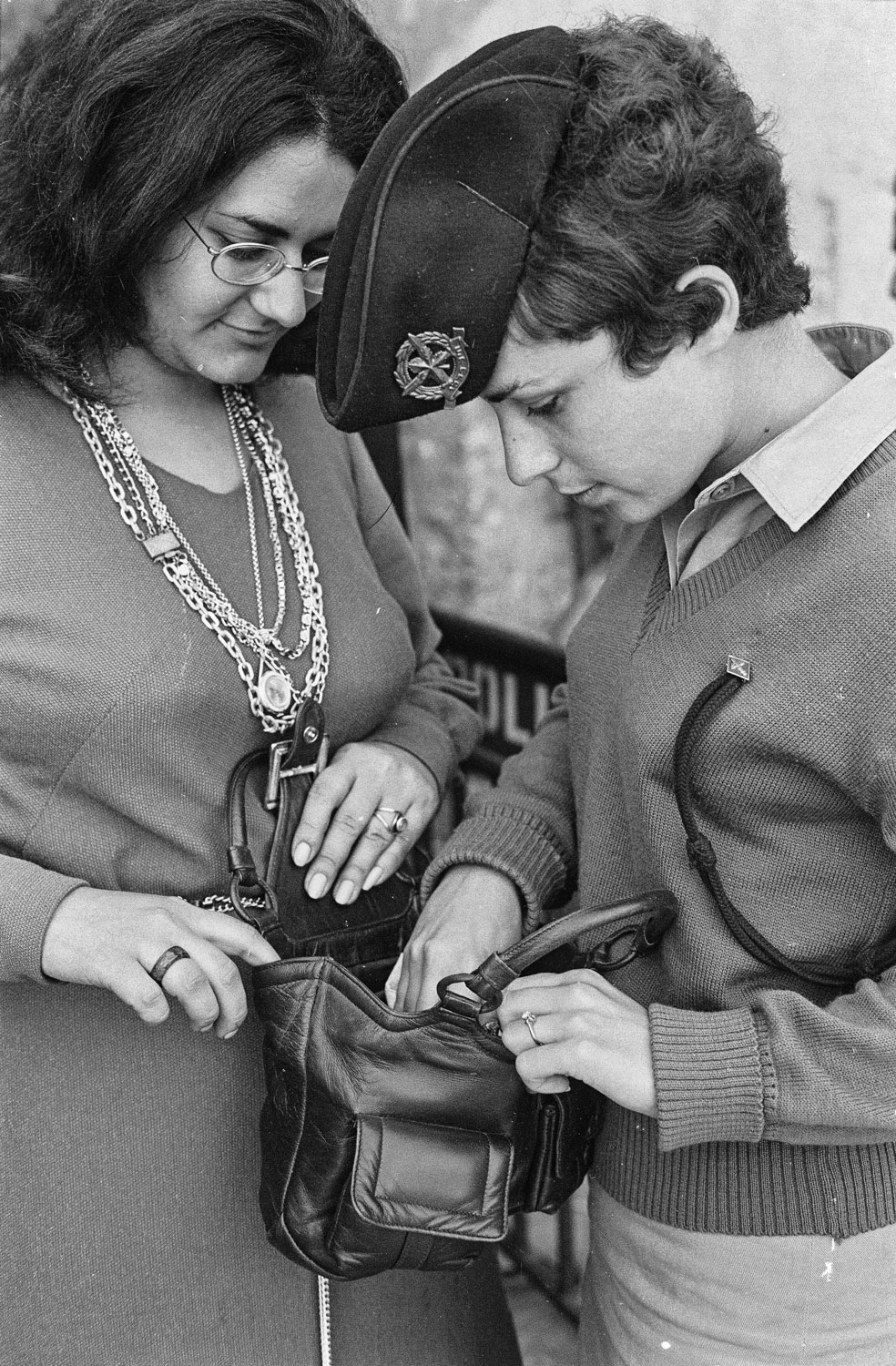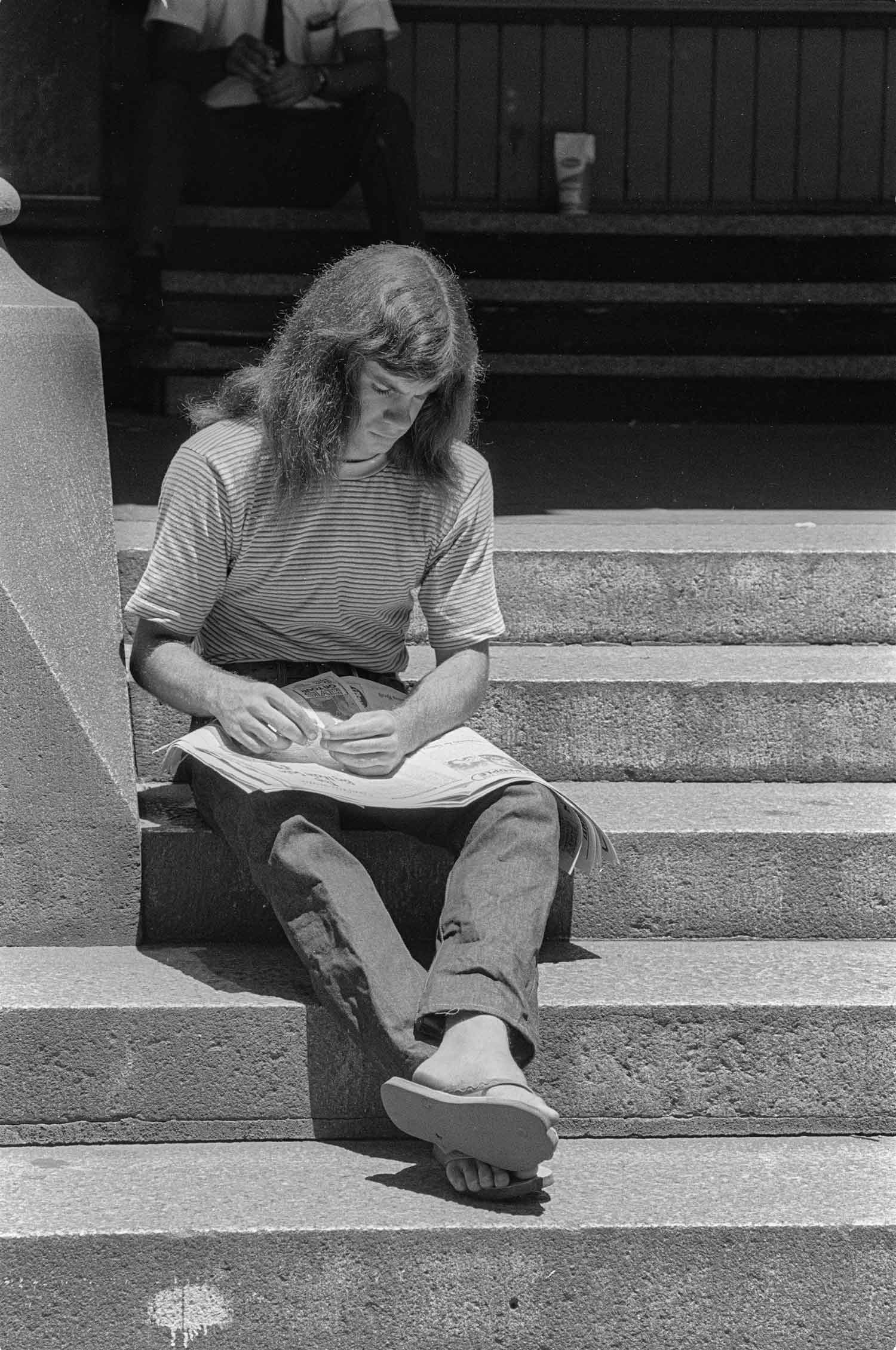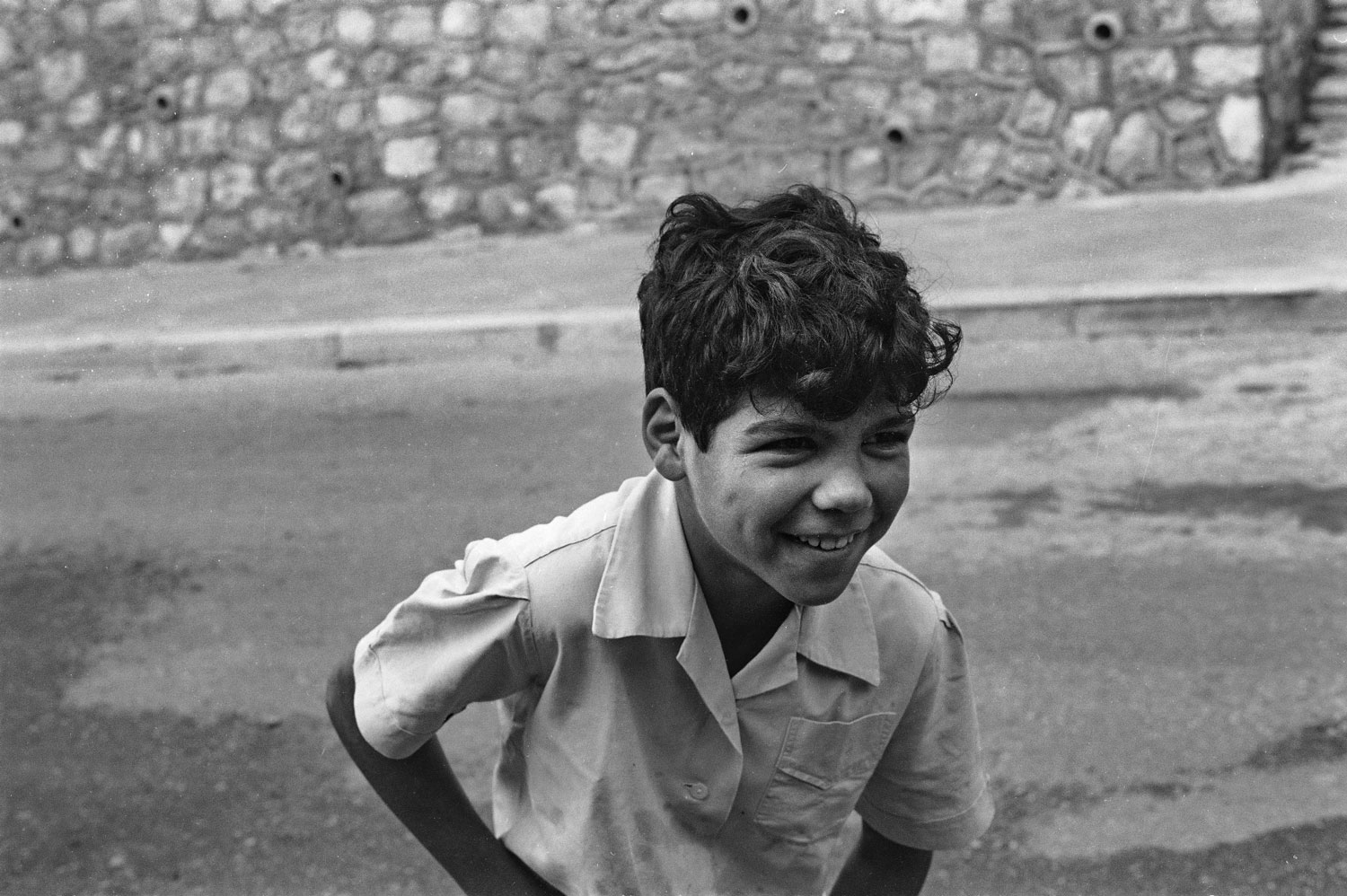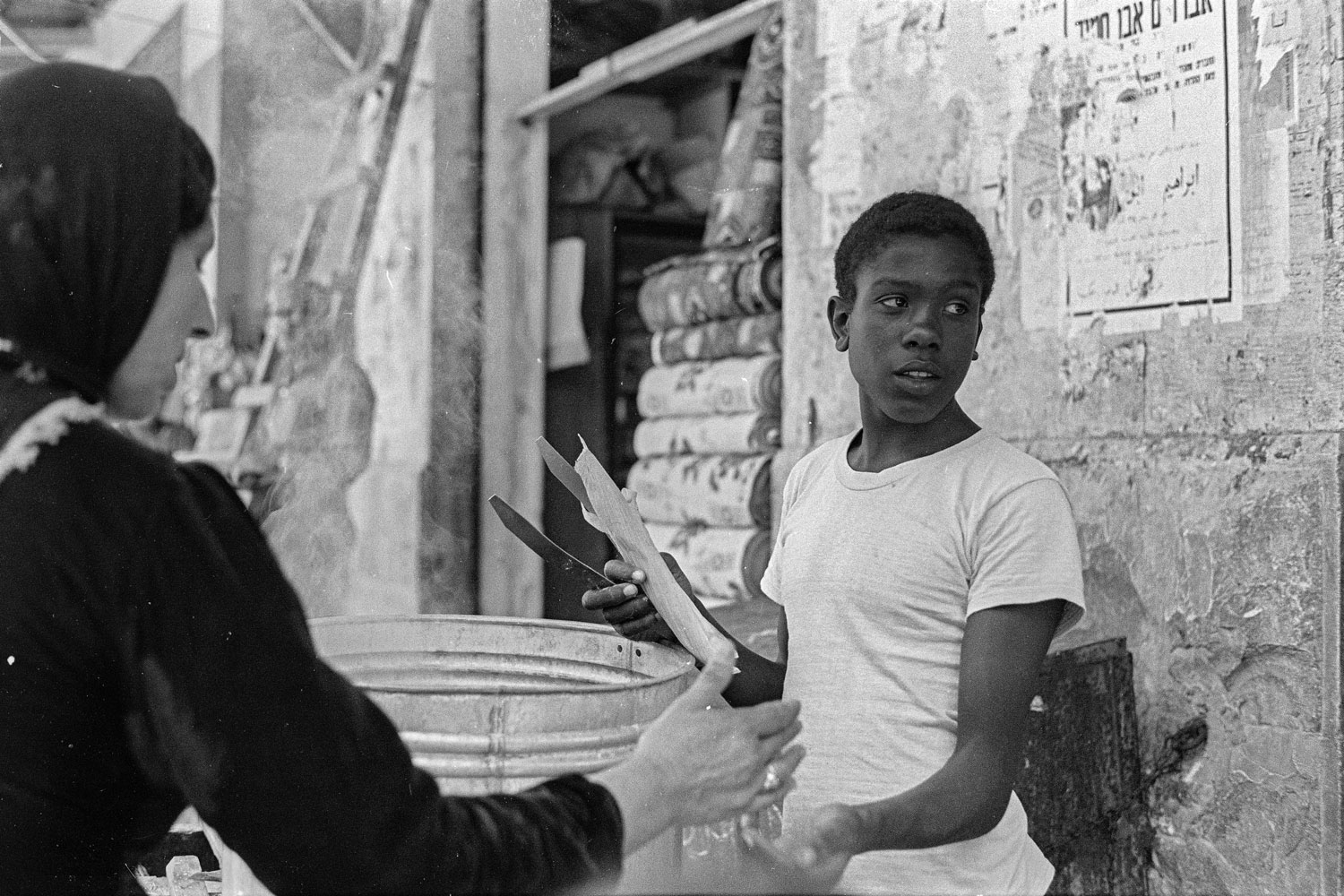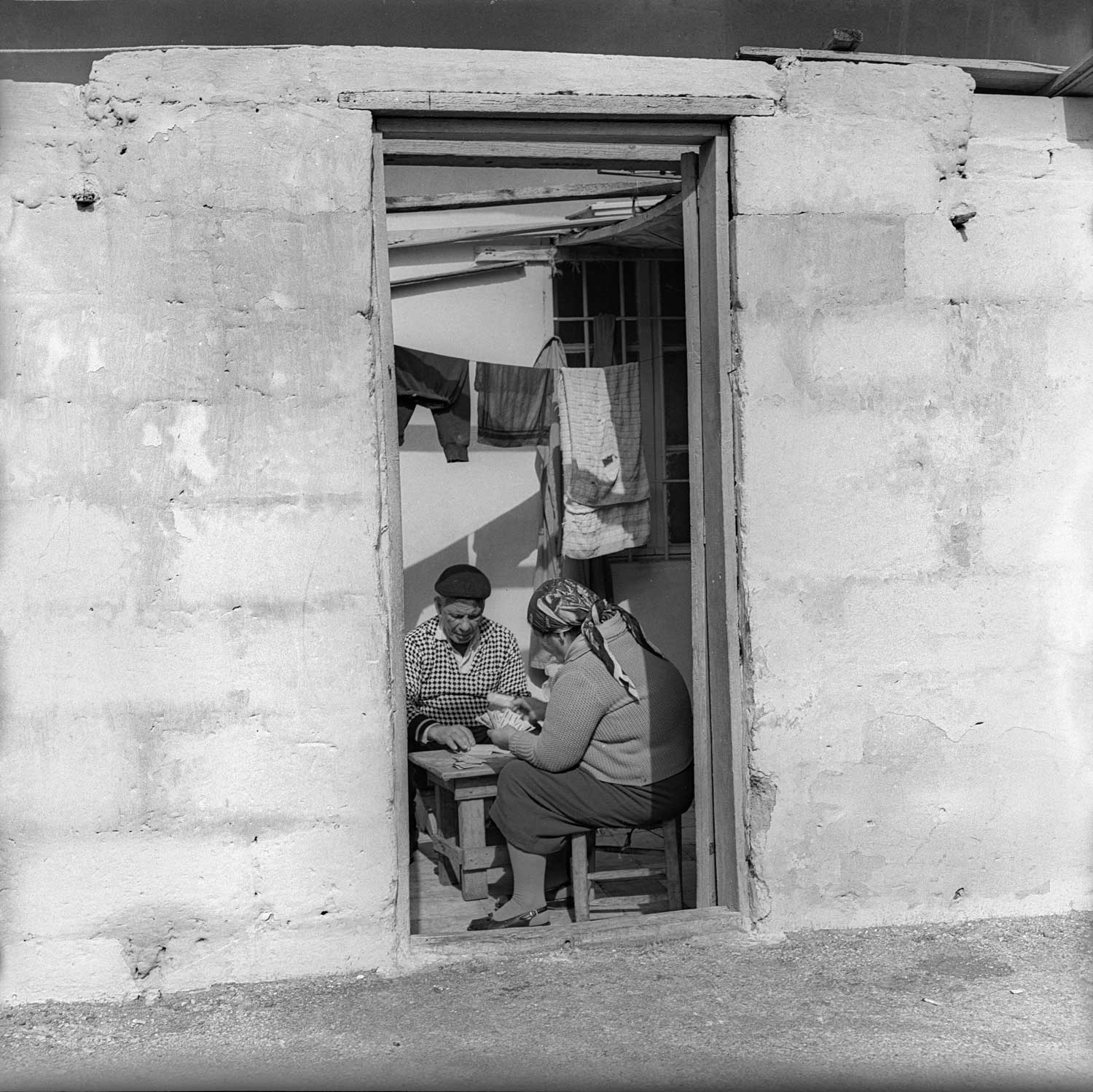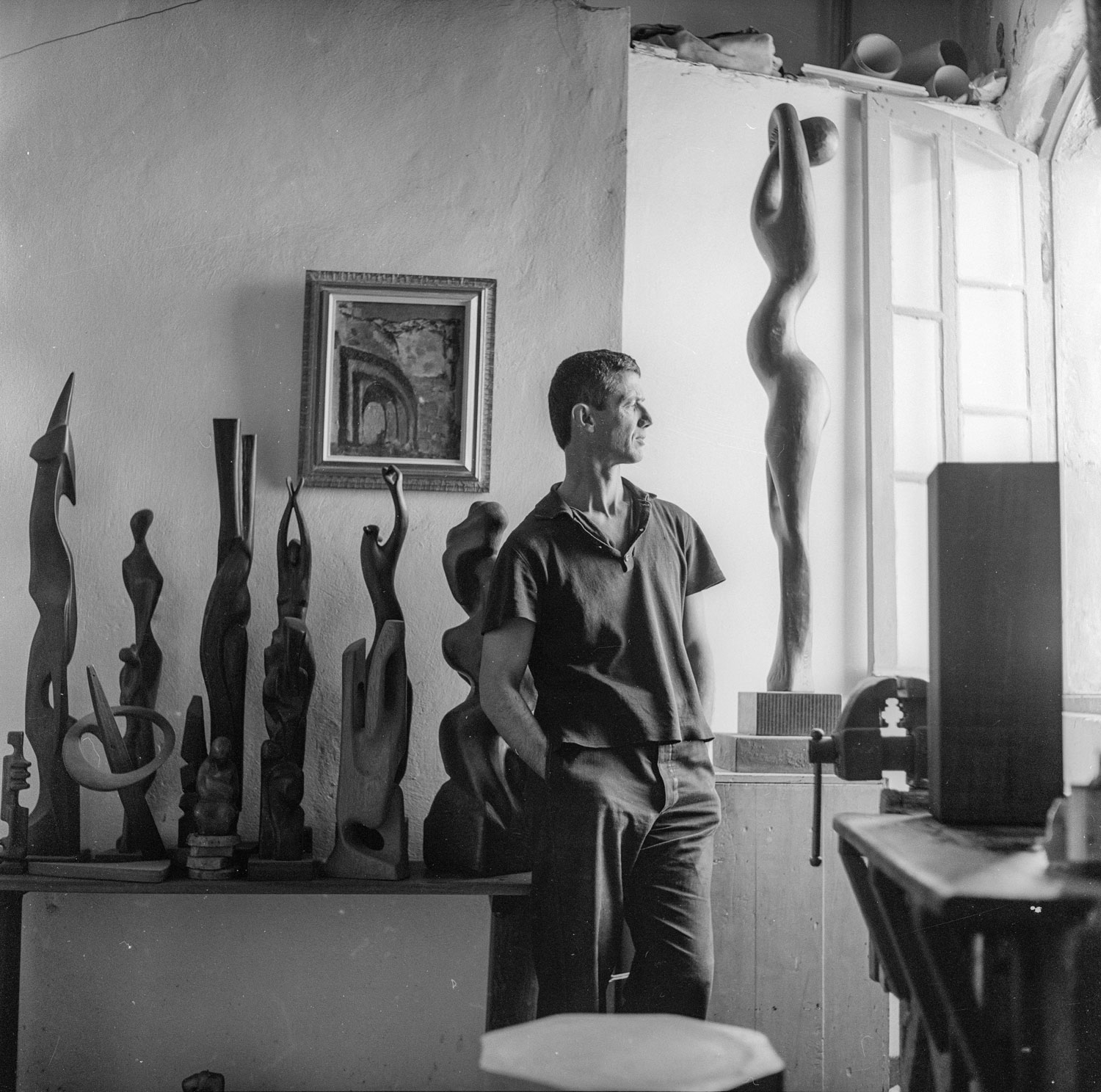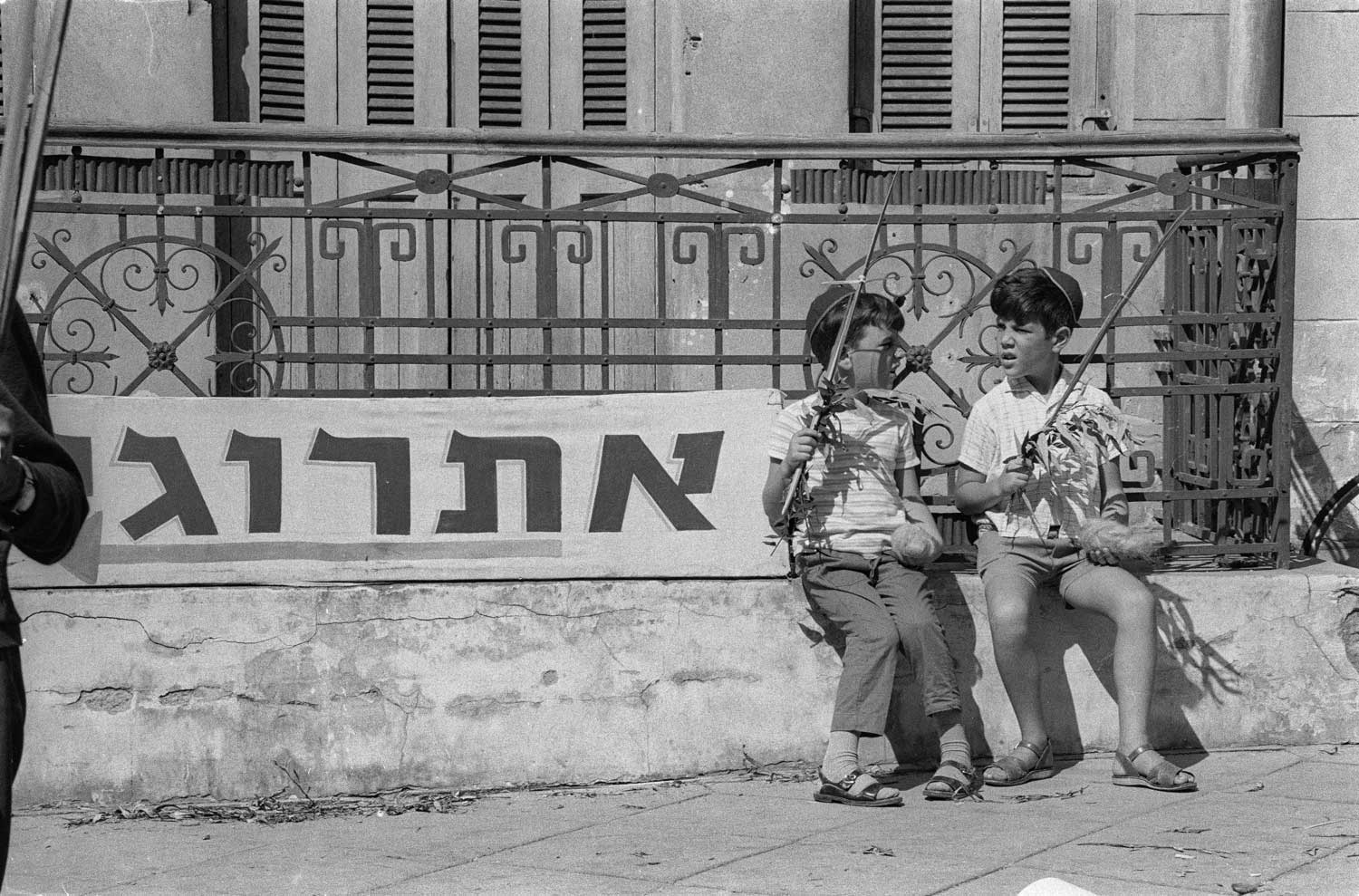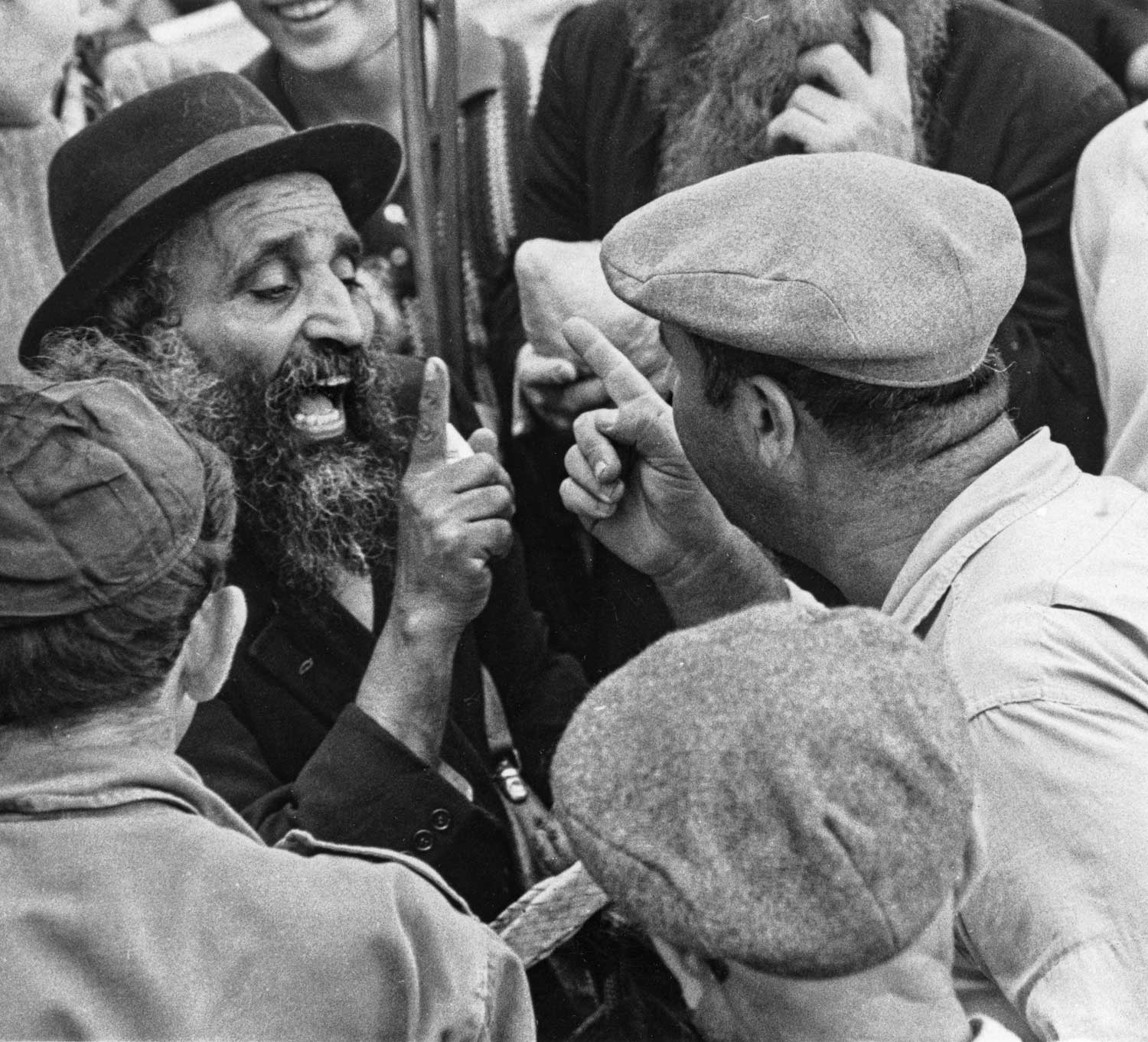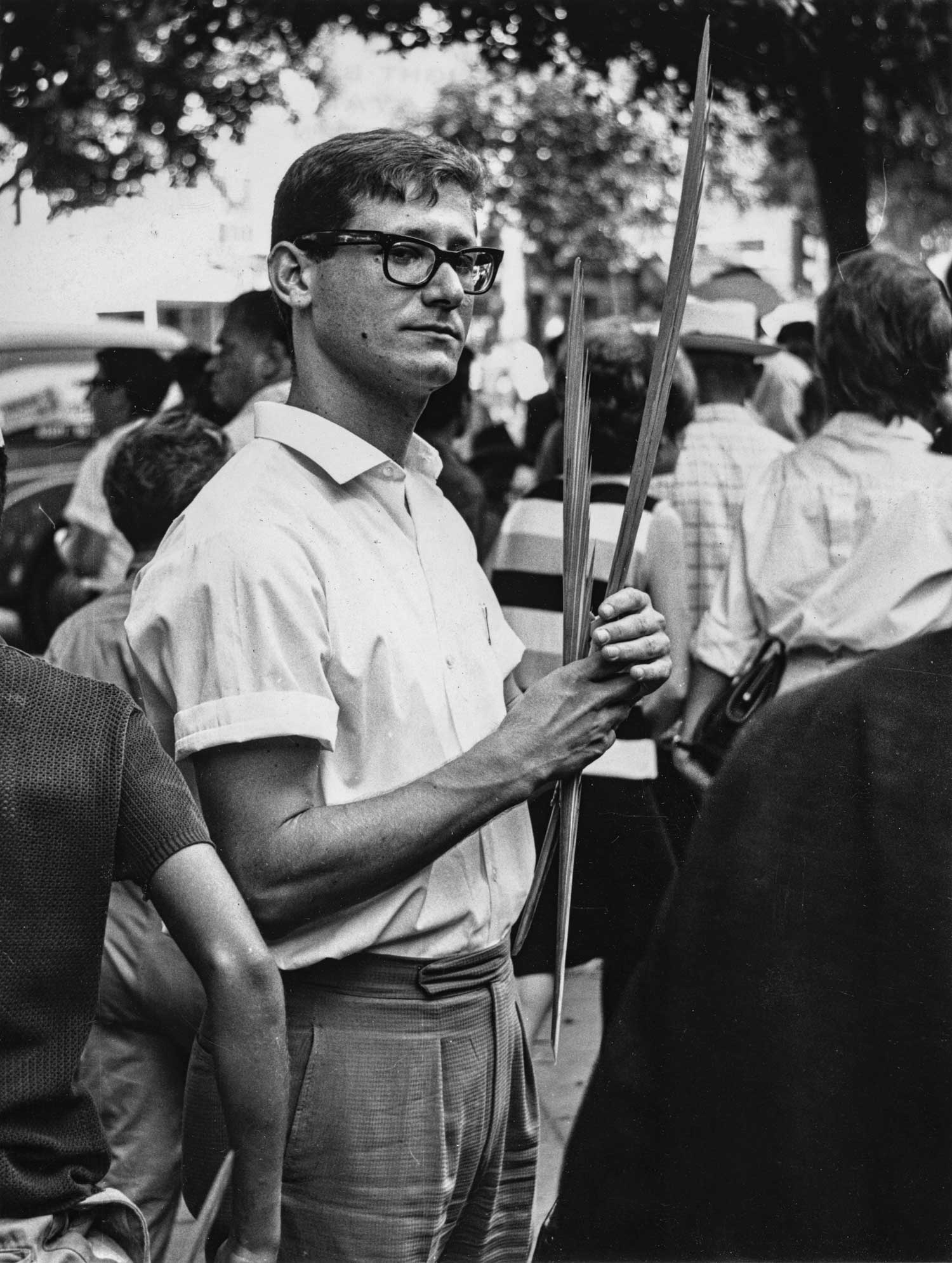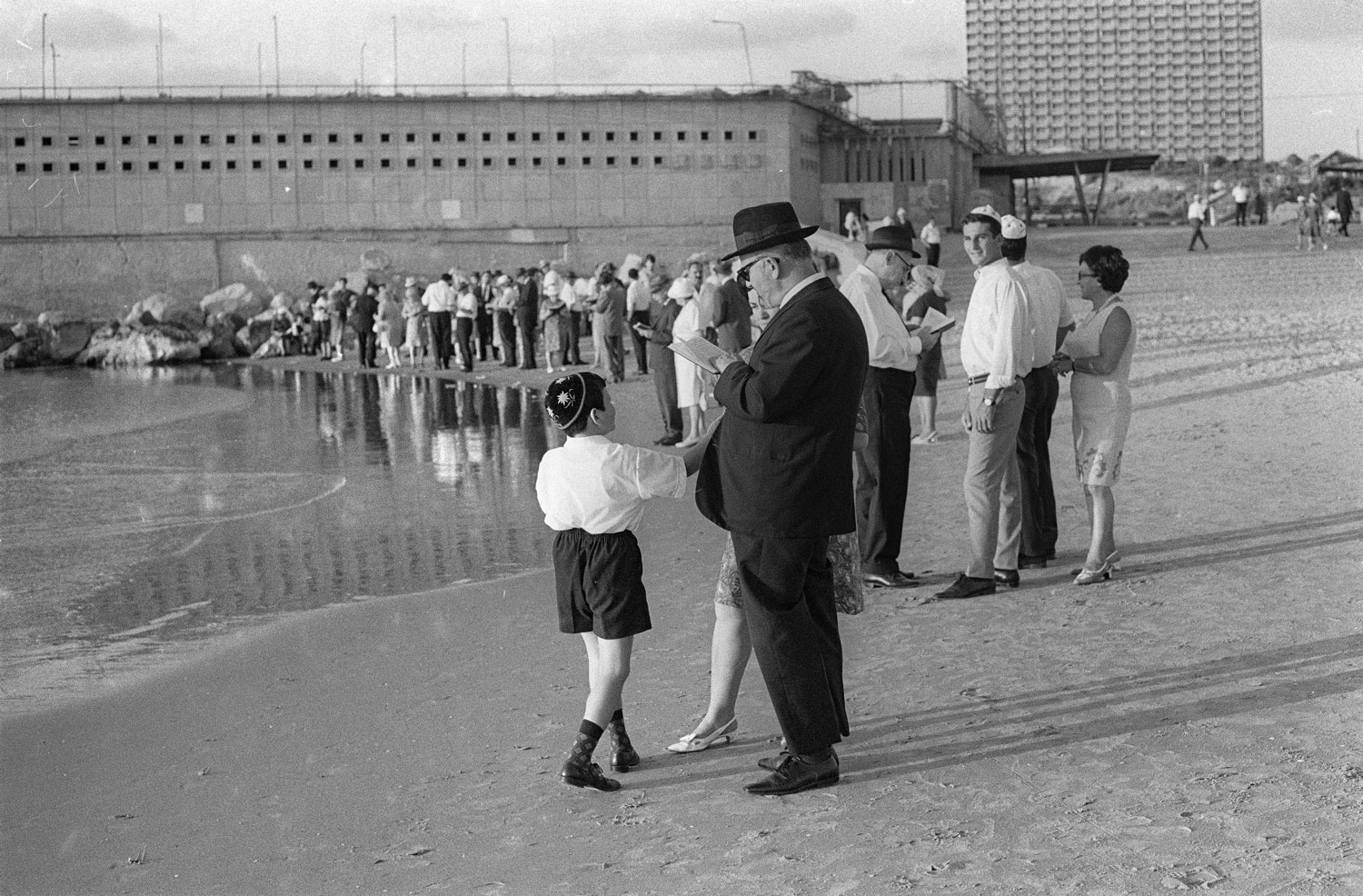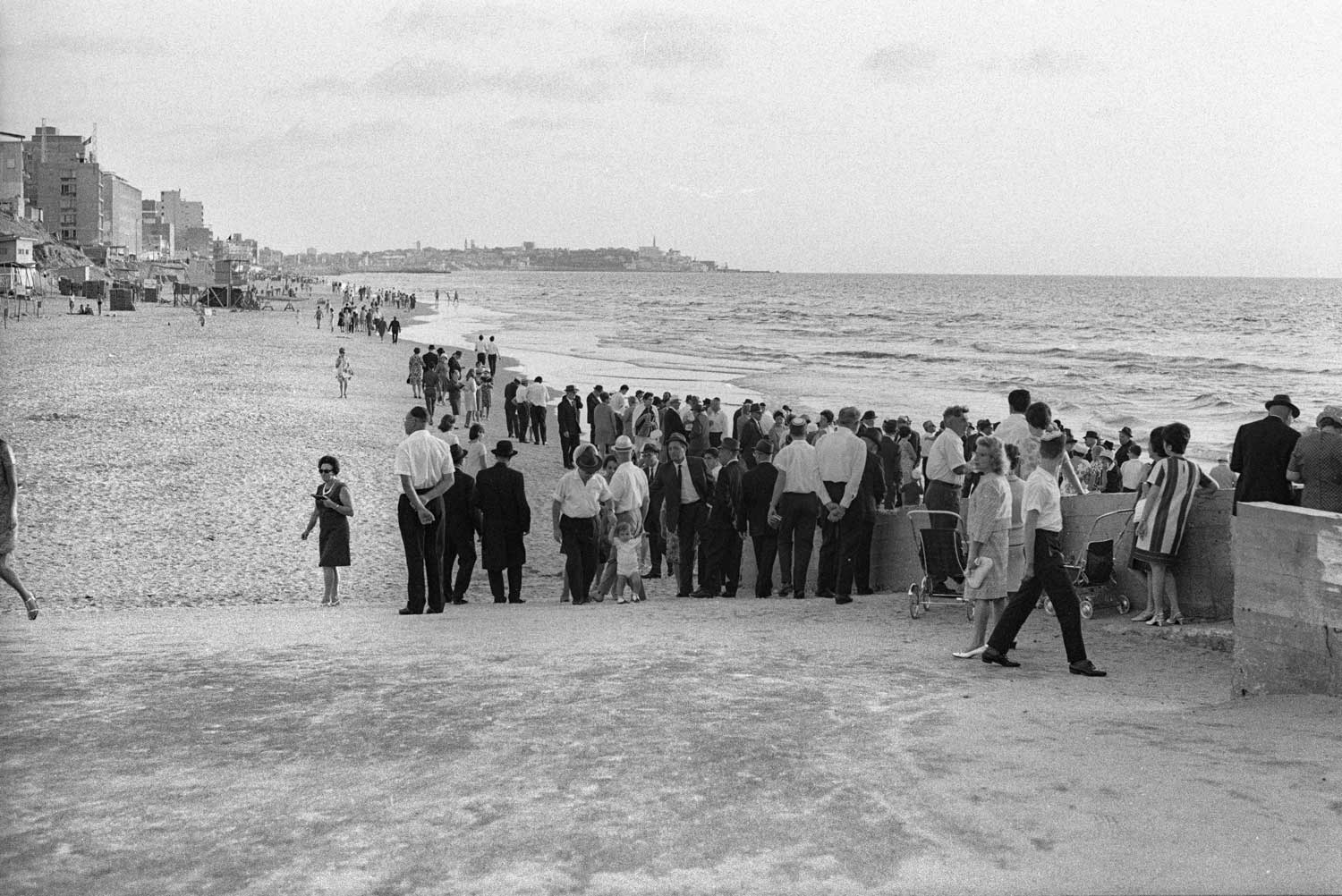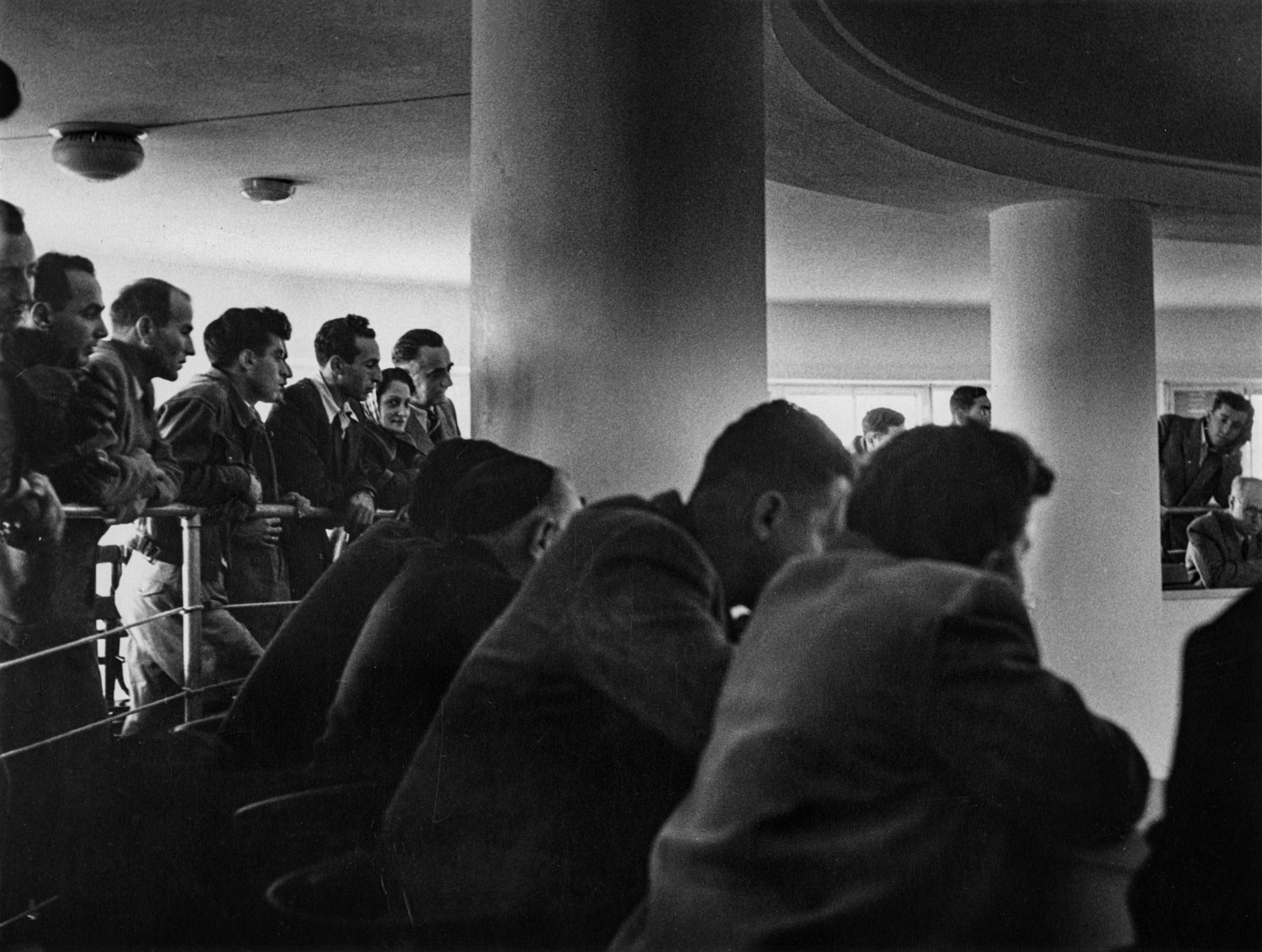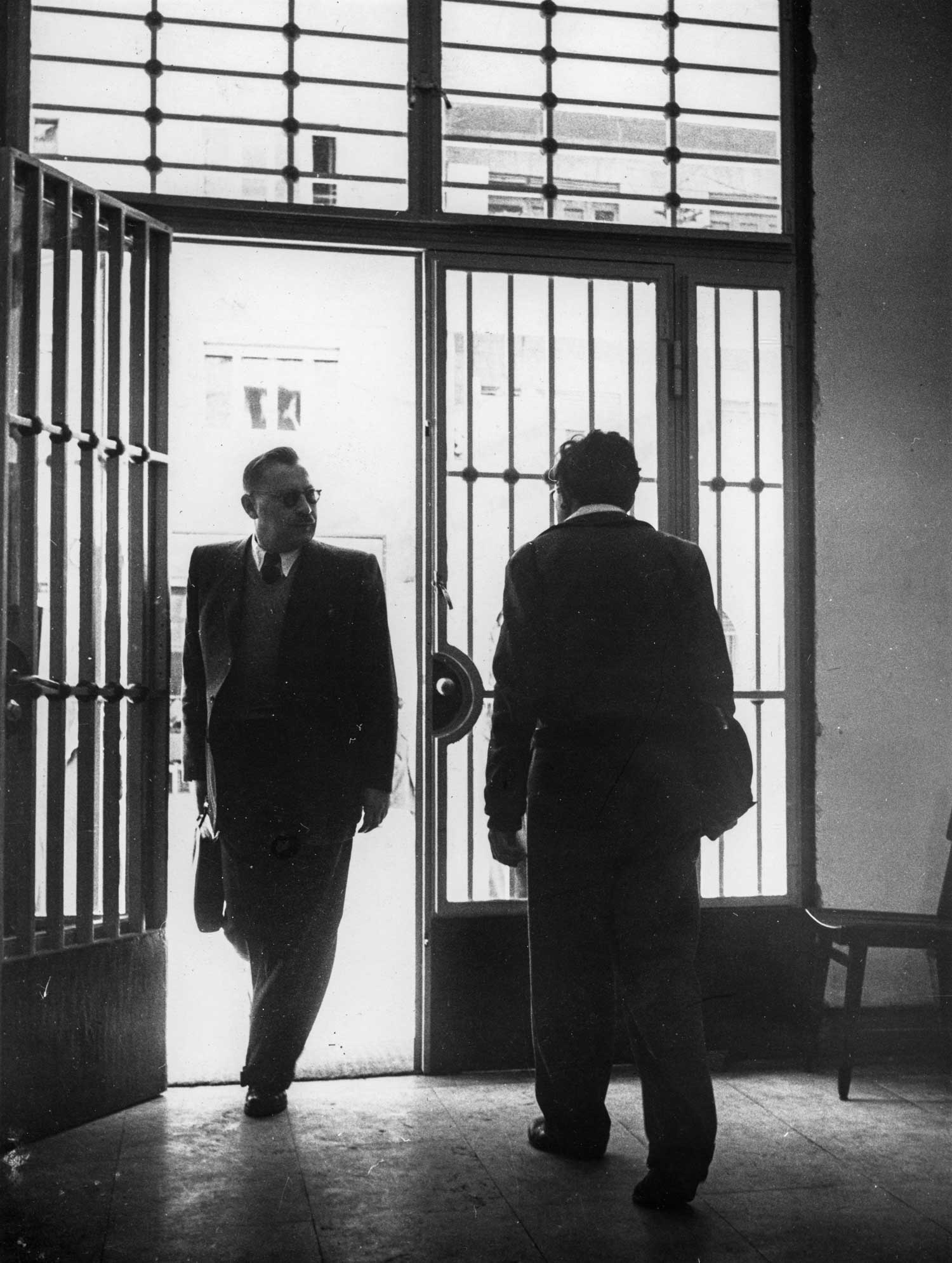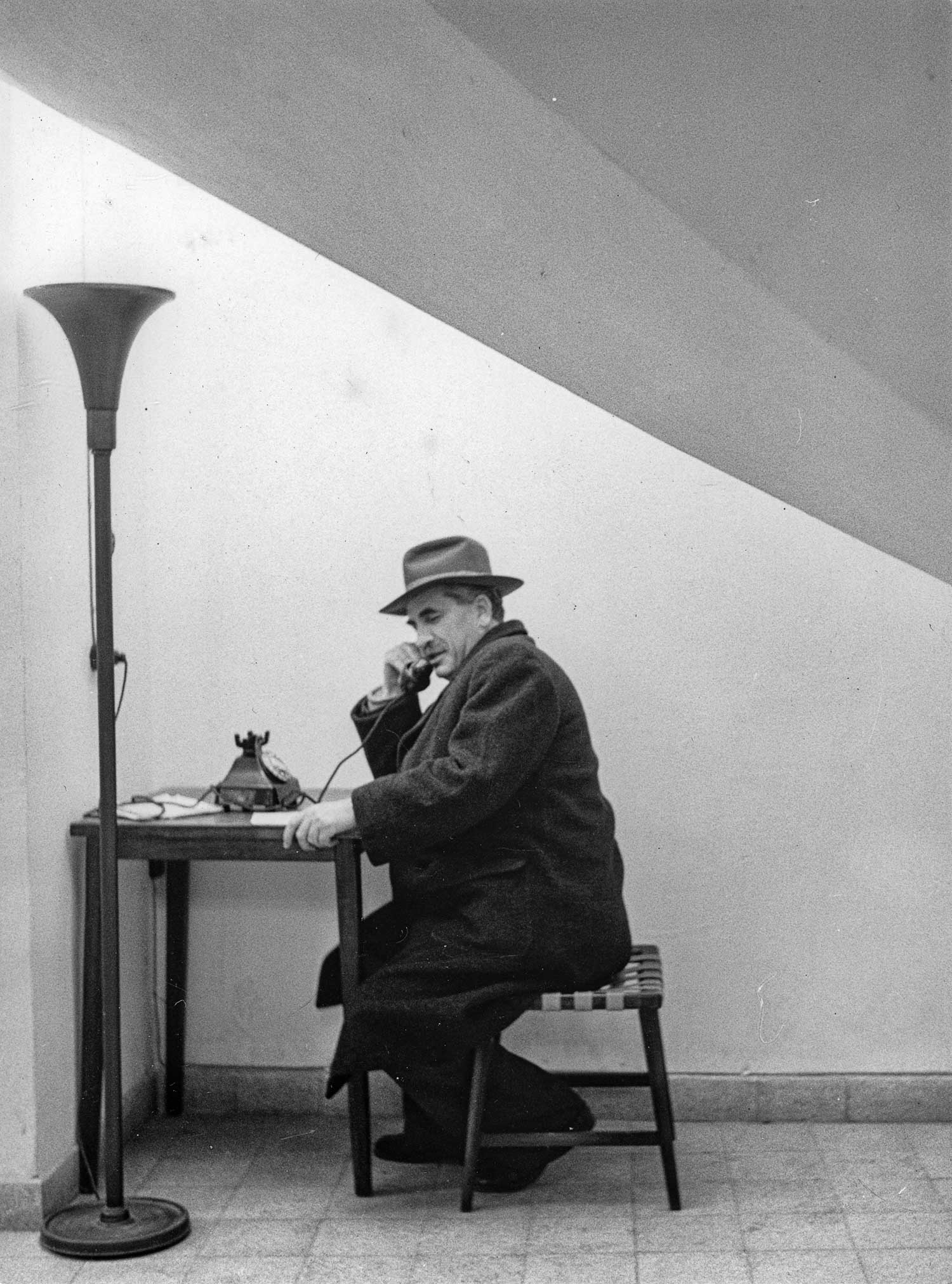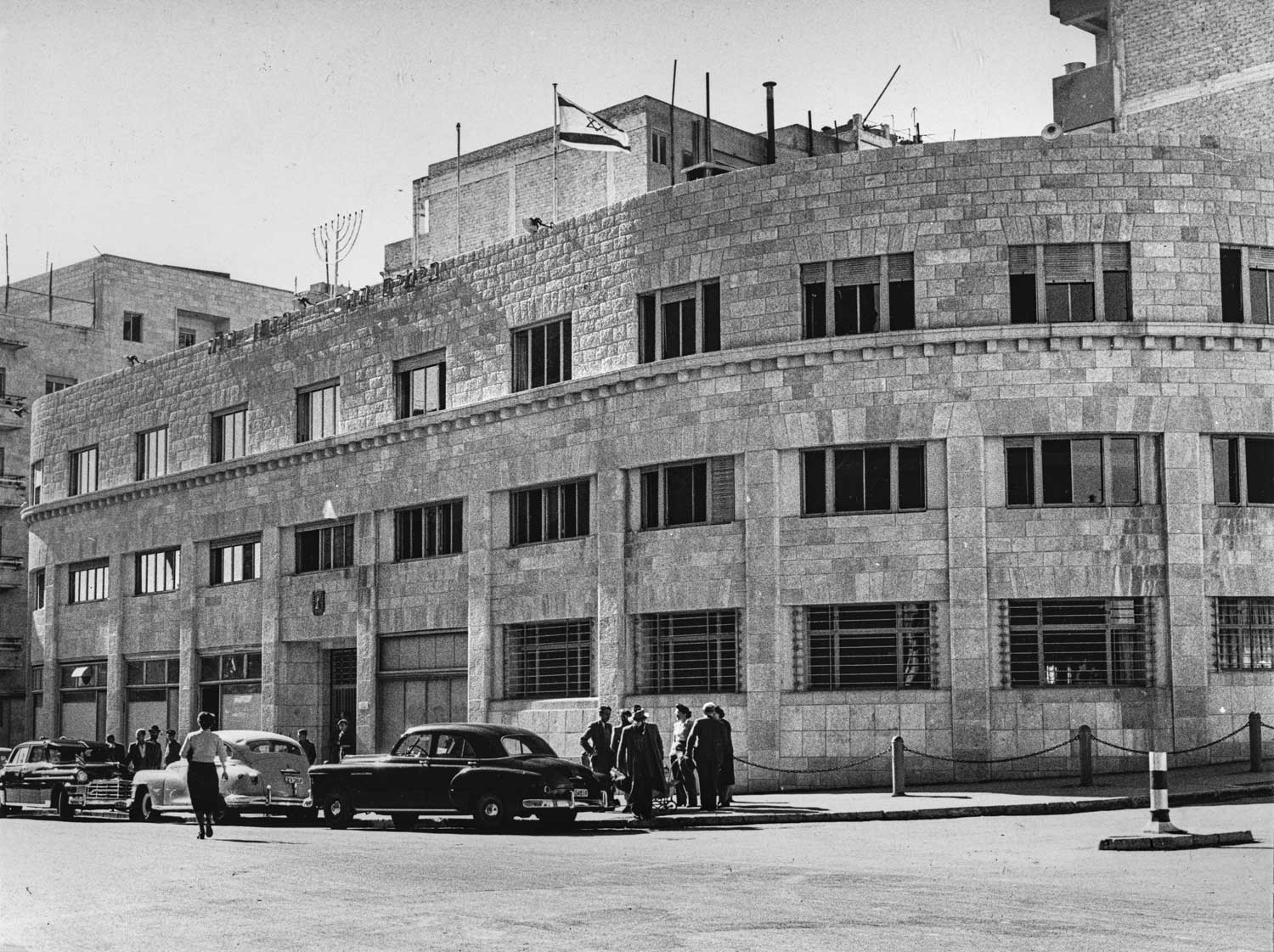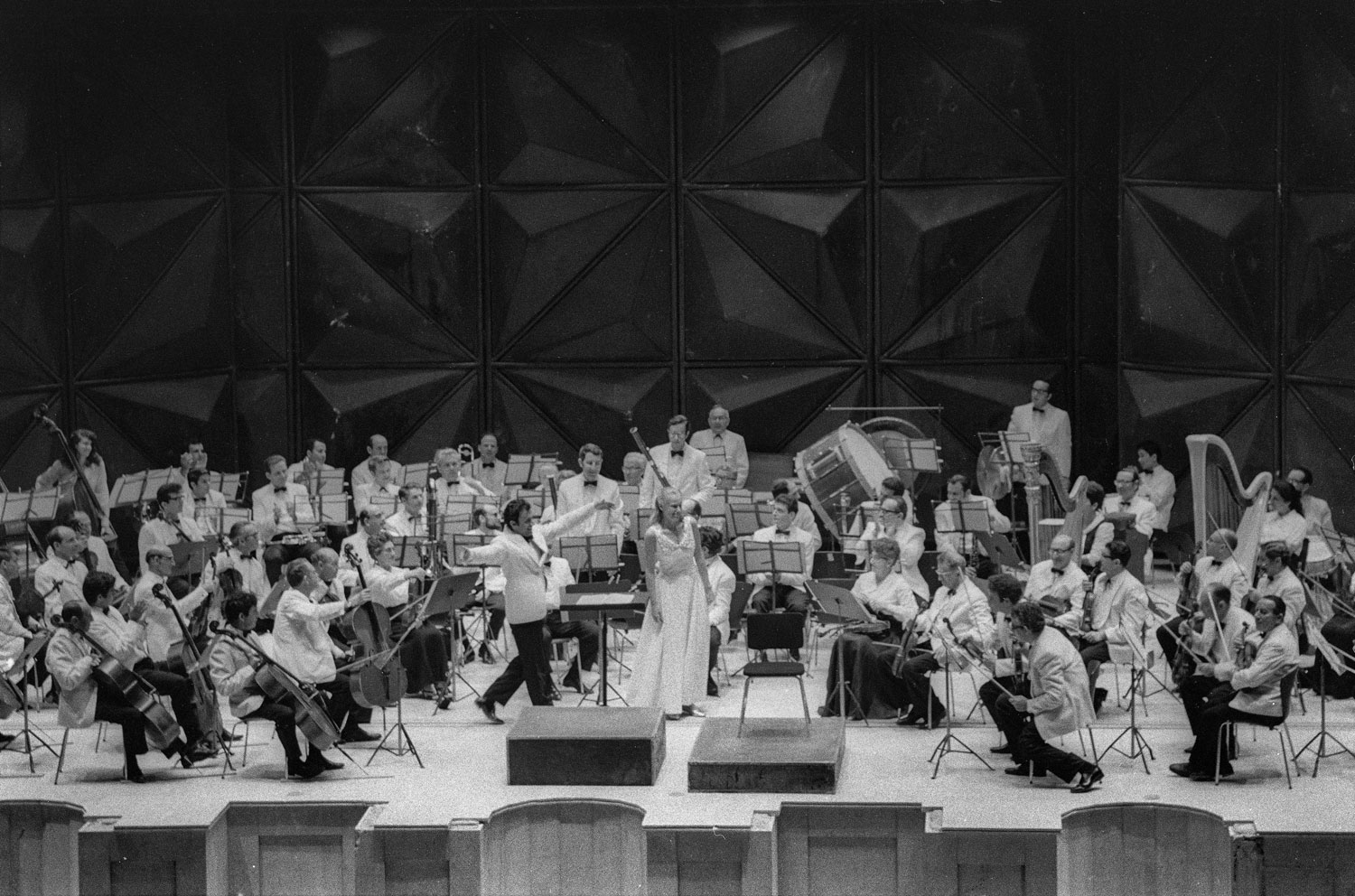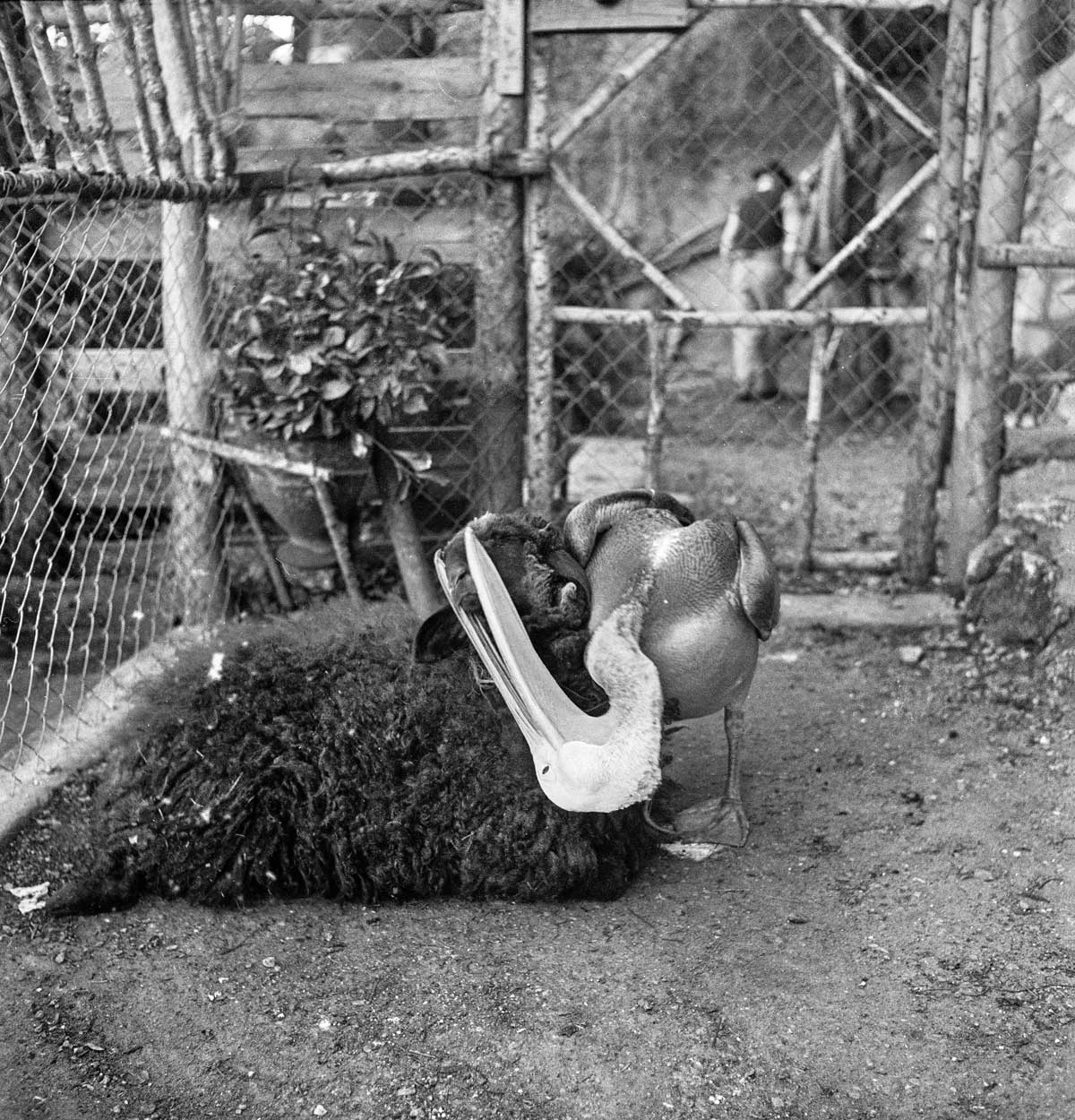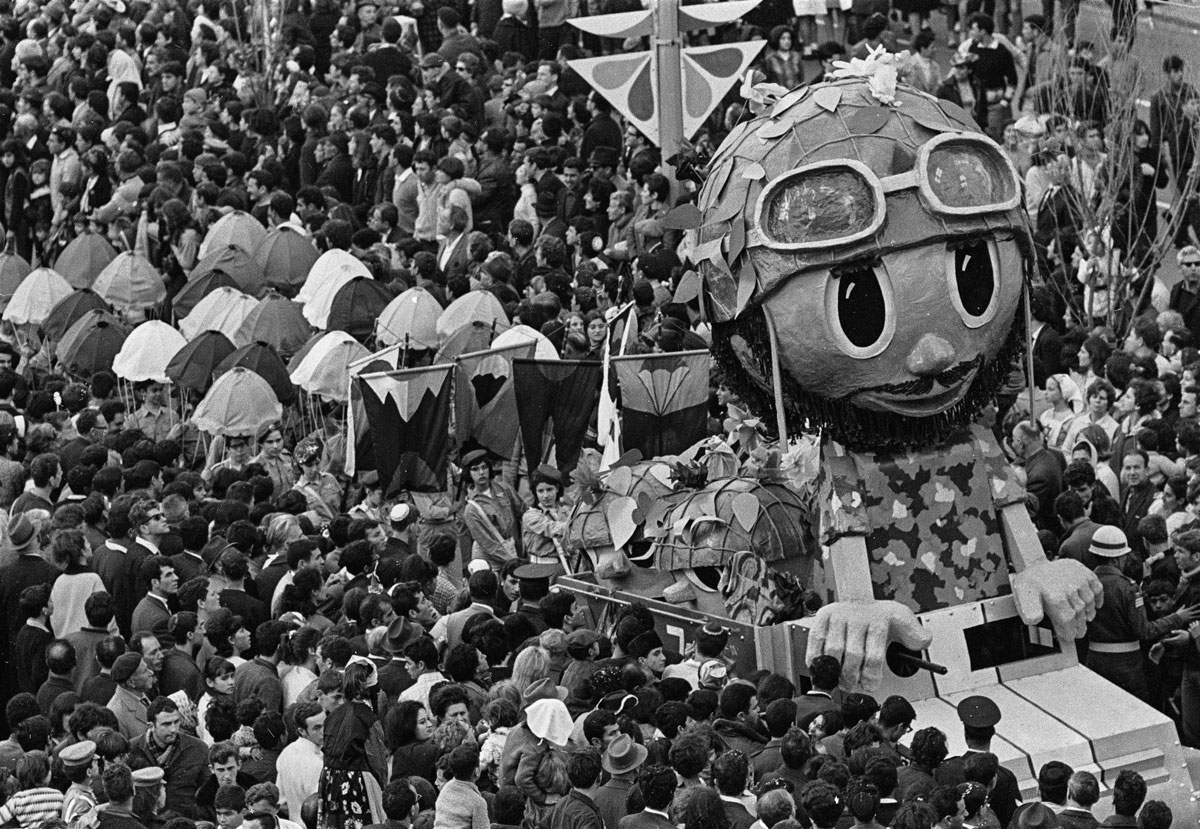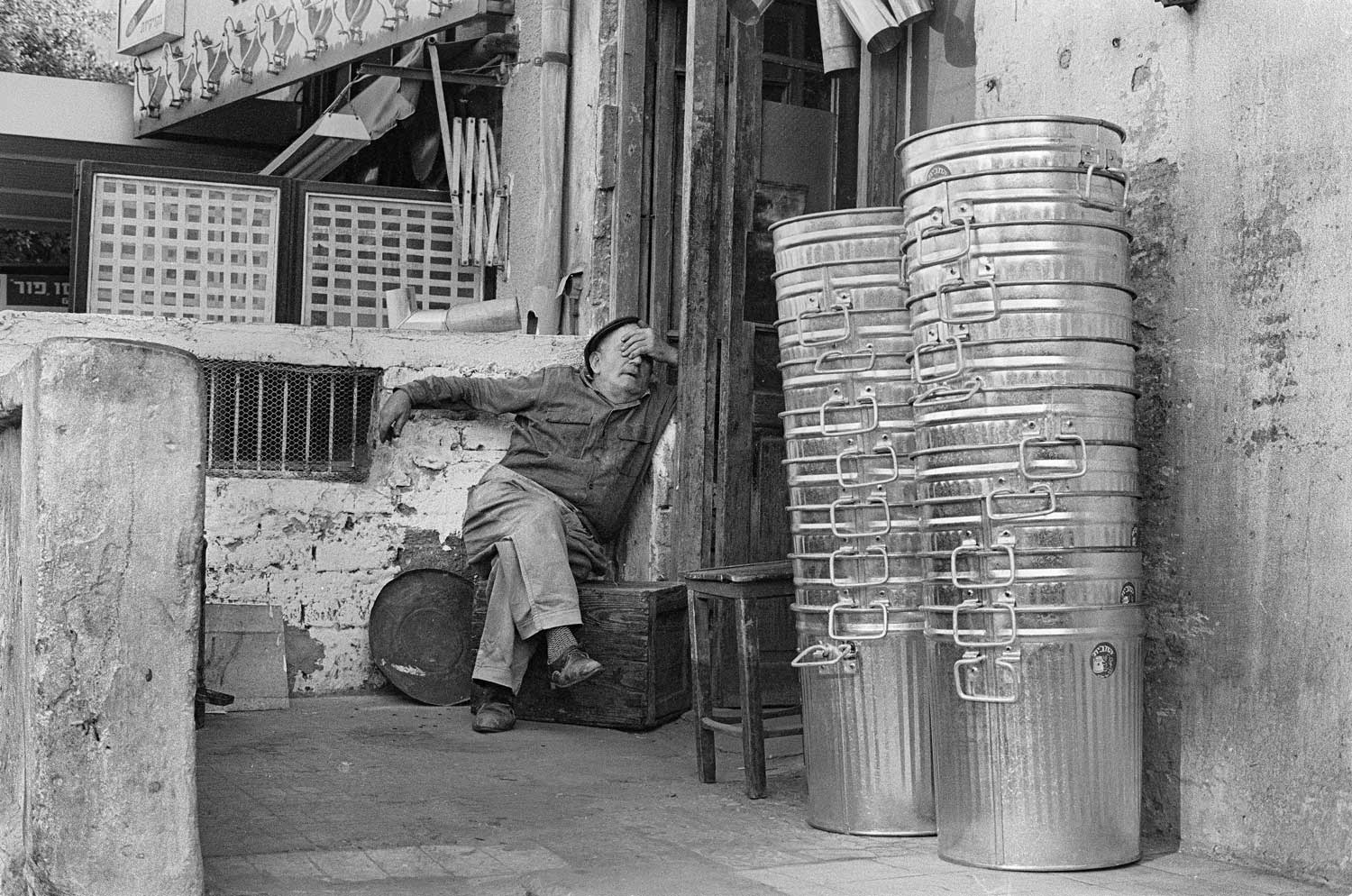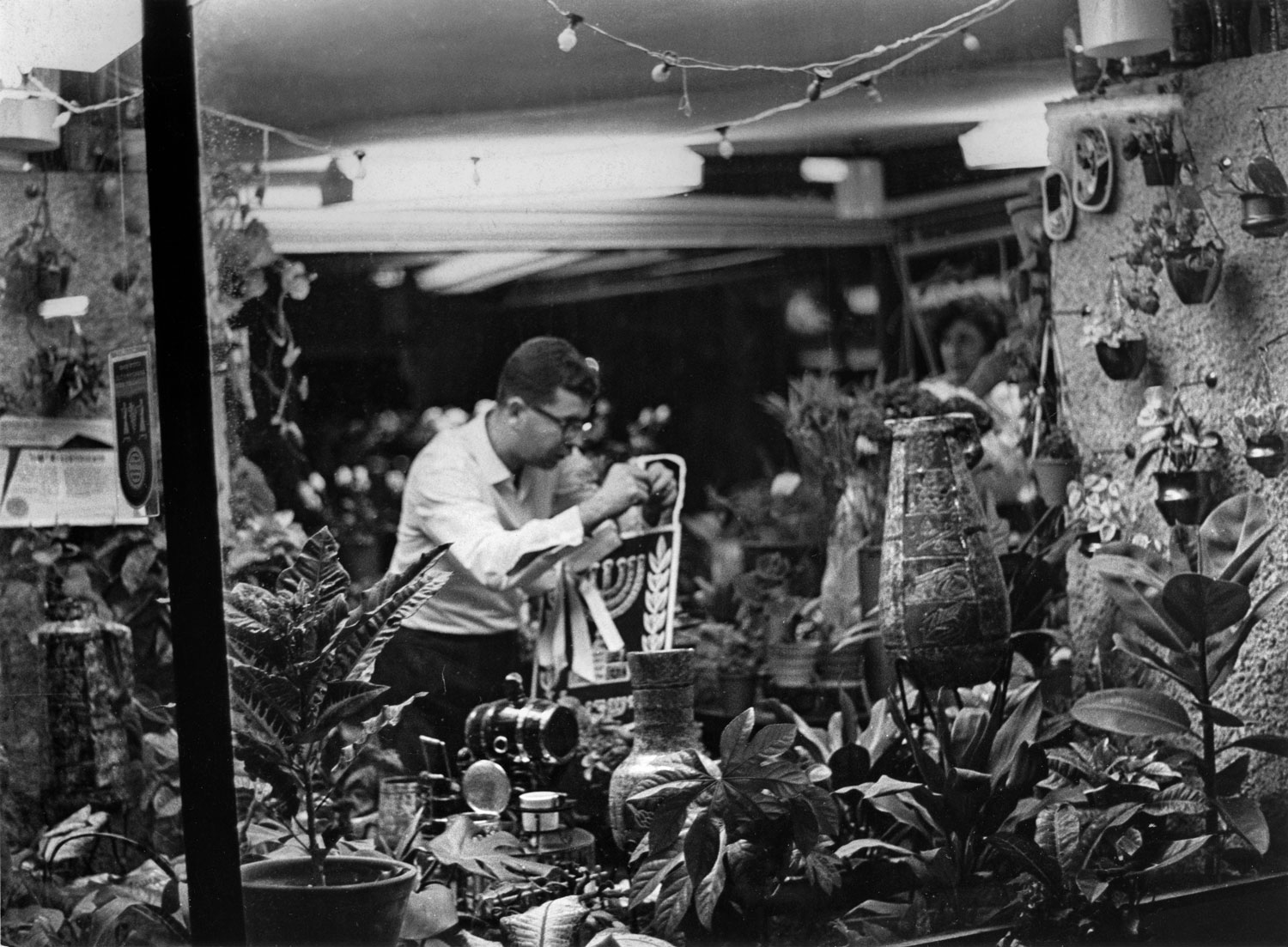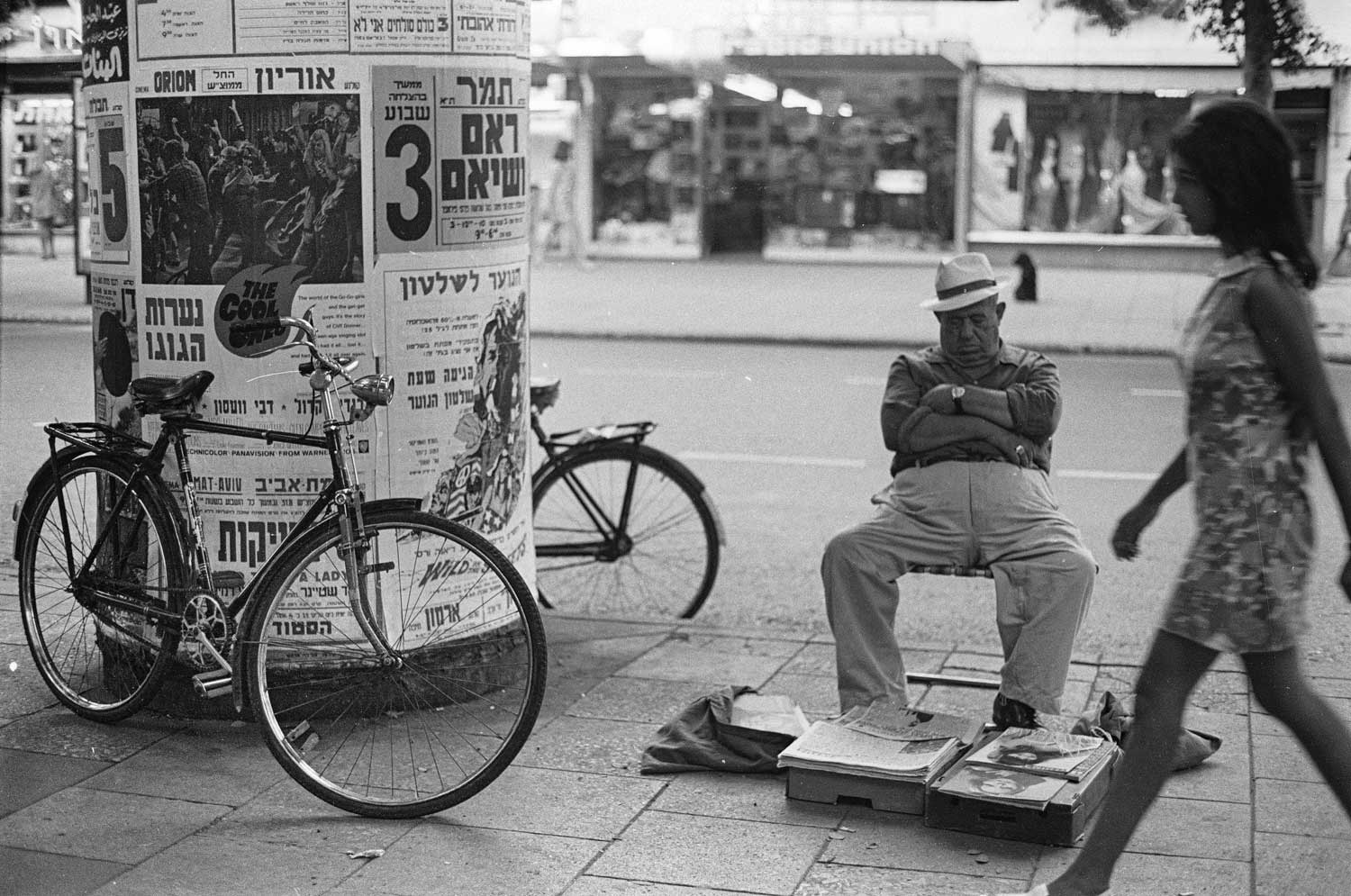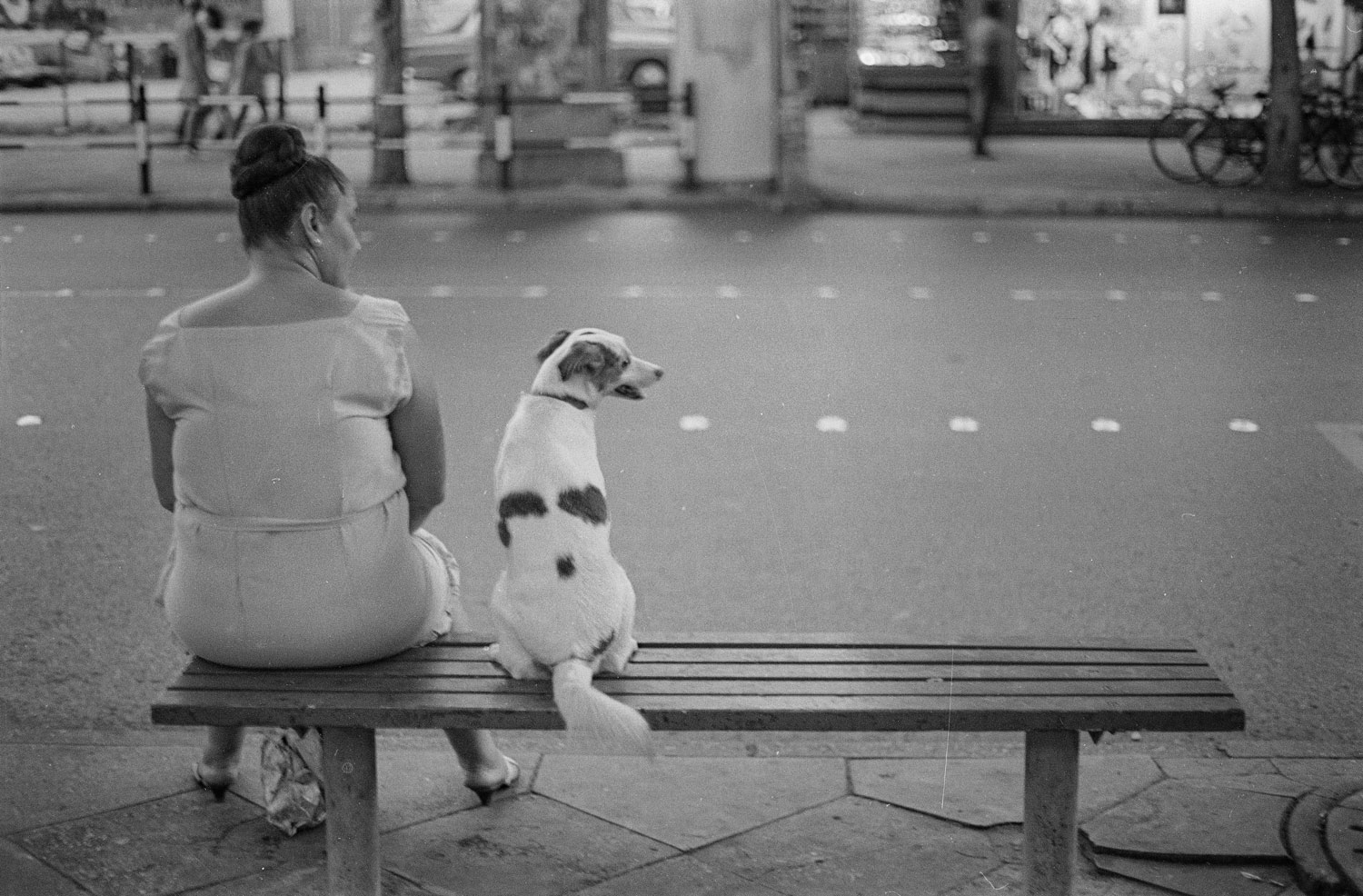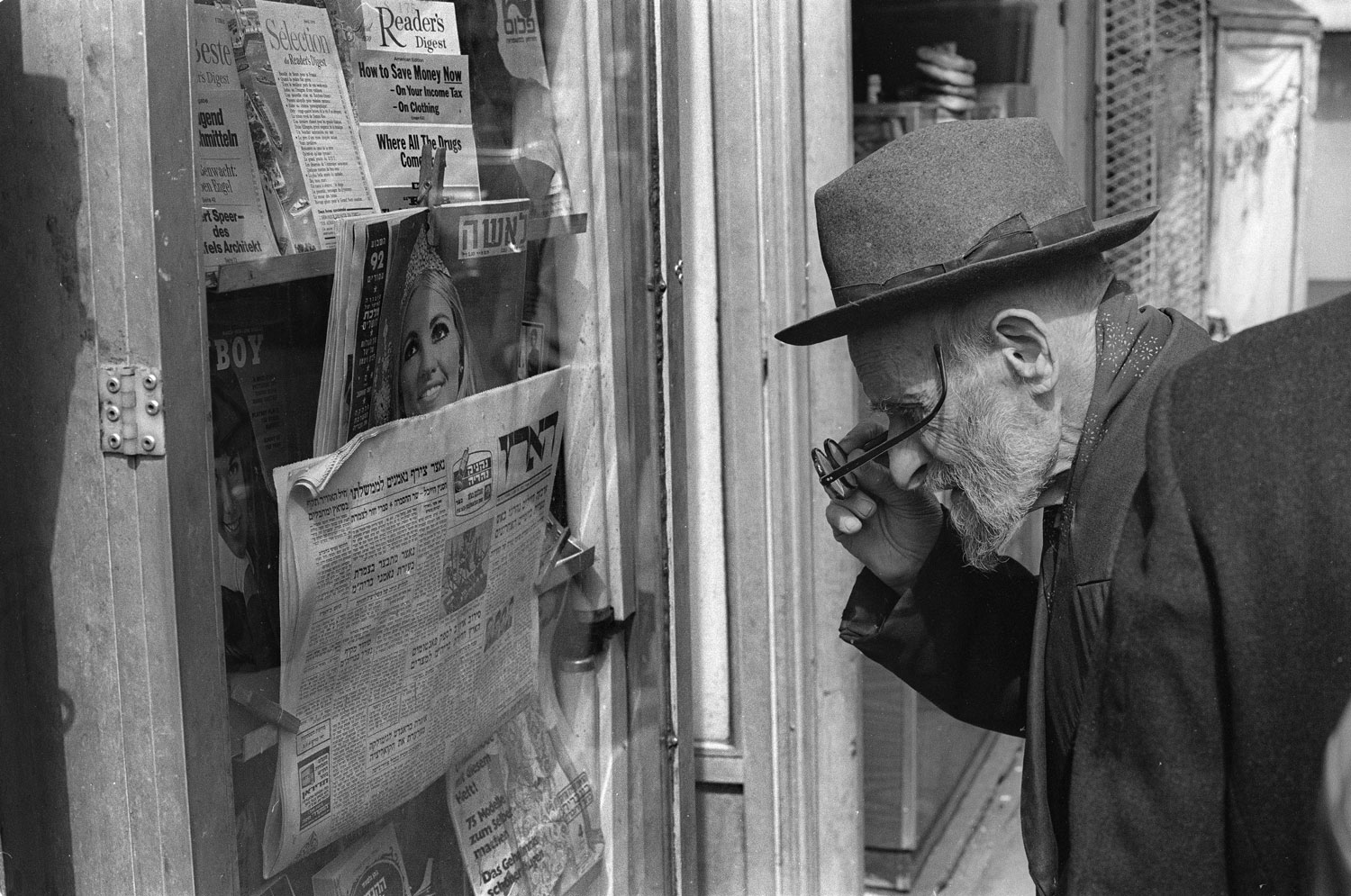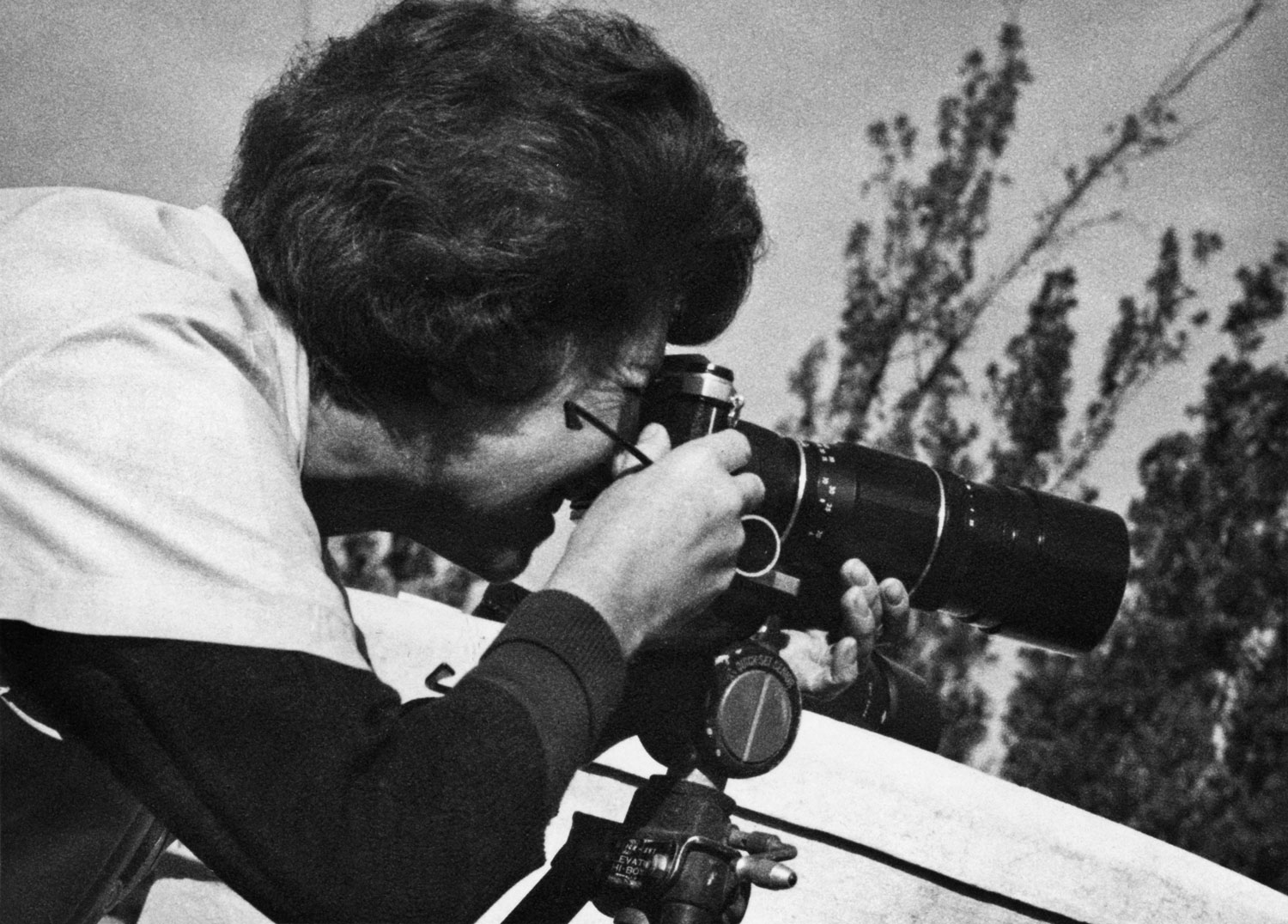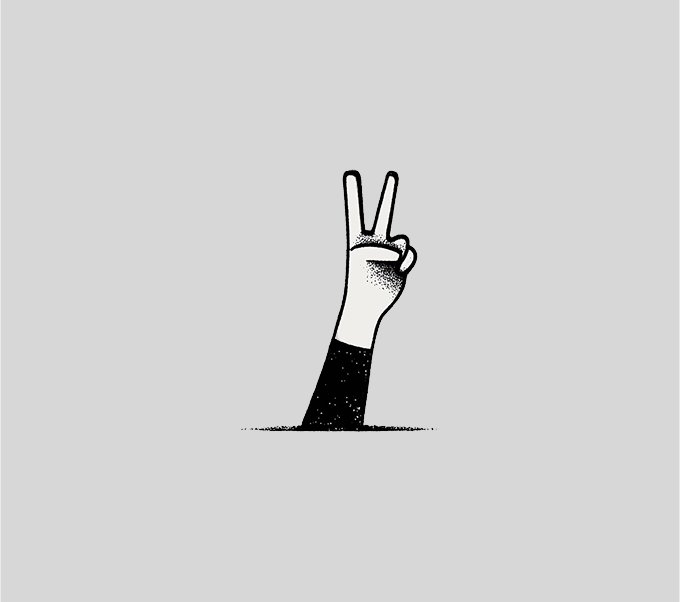For many decades, Sarah Ayal (1915-2004) served as a photographer for Israel's security service. She took intelligence and espionage photographs, taught in the security service, and even invented innovative methods of clandestine photography.
While her classified photographs are kept in closed archives, her artistic photographs were stored in many boxes in the basement of her family's home in Tel Aviv. Among the thousands of pictures that she took in her free time, traces of her intelligence and covert work can be found. For example, Ayal chose not infrequently to take the photograph from a concealed location, with the subjects unaware that she was observing them.
The photographs portray Ayal’s unique approach in capturing Israeli landscapes and people in the 1950s and 60s. With her camera she brings to life a young country that is trying to define itself and form its identity. Her gaze at times adopts an oriental and romantic view, and at the same time is full of light, feeling, tranquility, an understanding of perspective, and a free spirit.
Following months of careful work in which thousands of negatives and photographs in Ayal’s personal archive were digitized, Beit Avi Chai opened an exhibition for the general public that displays a select portion of the collection for the very first time.
This website includes photographs that appear in Beit Avi Chai’s exhibition that was curated by Amichai Chasson with Design by Studio Dov Abramson; an exhibition catalogue was also produced and can be purchased at Beit Avi Chai.
For those wishing to learn more about Sarah Ayal, please refer to the article by Ha’aretz History Correspondent Ofer Aderet that can be accessed here; and a brief overview by Beit Avi Chai’s Executive Director Dr. David Rozenson that can be accessed here
* As Ayal did not date many of the photographs nor indicate their location, we cannot state for certain where and when many of the photographs in the exhibition were taken.
